Embellish Bezels with Twisted Wire
A bit more gold in the form of a twisted "rope" around the necklace bezels was all that was needed for a more finished look.
FYI: The gold-filled embellishments are charms and bead caps that have been shaped and embellished to use in the design.
Ah, that makes sense fitting the twisted wire before soldering the bezel and frame lets you fine-tune everything while it's still flexible. Especially when you're planning on layering more elements later, it's probably easier to get those parts aligned perfectly in the early stages.
Do you find that pre-fitting helps prevent distortion or misalignment as you build up the layers? Or is it more about saving time and avoiding extra adjustments after soldering?.
Ah, got it! Since the stones aren't flat-back cabochons, shaping the twisted wire around them before soldering could indeed risk warping or distorting the bezel edges. That's a tricky balance wanting the twisted wire frame to fit perfectly, but also needing to protect the integrity of the bezel, especially if it has a curved or uneven base.
In that case, do you usually fit the wire after soldering the bezel in place on the backplate to avoid any unwanted bending? Or do you have any special tricks to shape the wire delicately without stressing the bezel?
The EASIEST way to work with the bezel is to solder it in place on a backplate first, then add the twisted wire frame.
Absolutely! Reading through the entire tutorial before starting is key not just to understand the steps but to prepare mentally and physically for the process. And safety first, always!
Know your workspace ventilation, lighting, clear surfaces.
Familiarize yourself with the tools and materials, especially if they involve chemicals, heat, or sharp edges.
Wear the right protective gear: gloves, goggles, masks, etc., depending on the task.
Keep your workspace organized and clutter-free to avoid accidents.
Are you gearing up for a specific project right now?
Make bezels for the stones being used. Solder them in place on the backplates. Since Argentium is used here, there is no need to pickle.
If sterling silver is being used, the piece must be pickled, neutralized in baking soda water, rinsed again, and dried before continuing.


That's a classic technique for making a uniform twisted rope wire! Using a single long piece folded in half ensures the two strands twist evenly together, giving a consistent look and strength.
By inserting the fold into the drill and twisting, you get that beautiful rope effect quickly and with minimal effort compared to hand-twisting.
How long do you usually twist your wire, or do you have a particular length or tightness you aim for? And do you anneal the wire before or after twisting to keep it from breaking?
If the two wires are not twisted together tightly enough, they will separate and come apart when cut in short lengths. However, it should not be twisted so tightly that it no longer looks like a rope.
Try upping your game: Measure the diameter of the twisted wires.
Choose another plain round wire that is the same diameter and length. Anneal it. Twist the two wires together.
It may be easier to do this if the ends of one wire are soldered to the other wire first.






Twisting wire work hardens it. It must be annealed to make it easier to shape around smaller bezels.
Argentium does not need to be fluxed, but all other metals can be fluxed to prevent fire scale.
Personally, I flux anything gold-filled, whether it is alone or is on the top or the bottom of a piece being heated.
When the twisted wire ends will be covered with embellishments, it does not matter what they look like.
Flush cut the ends and they will be fine, like the top twisted wire in the first photo.
Examples of flush cut twisted wires in use are in the second photo.
However, when the full circumference of the twisted wire around the bezel will show, it is important to disguise the cut ends.
Cut the twisted wire ends at an angle, following a twist line - blue lines on the middle wire in the first photo.
When the ends are overlapped, the cut will seem to disappear-blue arrow on the ring in the first photo.
Examples of flush cut twisted wires in use are in the third photo.



Hard solder will not flow until after Argentium reaches its melting point.
Since I use Argentium sheet and wire, the only time hard solder can be used is on a bezel seam.
This must be kept in mind when connecting layers and pieces together in multiple steps.
Here, the fine silver bezel has already been soldered in place on an Argentium backplate using medium paste solder.
The piece is clean and ready to be worked with.
Loosely wrap the twisted wire around the bezel.
Cut a piece a bit longer than needed. Shape the wire to fit the bezel using small or large Wrap "N" Tap pliers and flat nose soft jaw pliers.
The cylinder sides of the Wrap "N" Tap pliers will help curve the wire while the padded side prevents the twisted wire from being compressed in any way.
It is easiest to overlap the wire ends on the longest straight side -arrows in the first photo - or where they may be less noticeable - by the loops in the second photo.


Place the twisted wire frame around the bezel.
Use an ultra-fine point retractable Sharpie to mark the backplate where the twisted wire frame ends will overlap - first photo.
Remove the twisted wire frame.
Place dots of medium paste solder on the backplate around the outside of the bezel, with a bit extra at the overlap site.
Note: Yes, medium paste solder has already been used to secure the bezel to the backplate.
There will be no problems using it again to secure the frame in place.


Press the frame into place making sure to press the frame overlap into the extra solder. This will solder the ends together.
Use a paper towel or Q-Tip to push the dots of paste solder under the twisted wire and into it.
Use a toothpick to remove excess paste solder left on the backplate around the outside of the frame.


Place the assembly on a soldering surface. Use a torch head on a butane canister to heat the piece until the solder flows.
Since solder follows heat and paste solder for silver is being used, be very careful to not pull the solder up over the gold-filled wire.
Also remember, flux will help prevent fire scale.
Pickle the piece, then neutralize it in baking soda water and rinse it again. Dry the piece before continuing.
Check for any loose areas on the frame that may need to be soldered again.
Repeat the step above if needed.
If embellishments are to be added, use easy paste solder.
If the embellishments must be added in two steps, it is fine to use easy solder in both steps.

Materials

- Lesson Quantity: 1.00 pieces
- Purchase Quantity: 1.00 5FT
- Price: $20.00
- Gold Club Price: $15.00

- Lesson Quantity: 1.00 pieces
- Purchase Quantity: 1.00 5FT
- Price: $34.42
- Gold Club Price: $25.81

- Lesson Quantity: 1.00 pieces
- Purchase Quantity: 1.00 each
- Price: $18.95
- Gold Club Price: $14.21


- Lesson Quantity: 1.00 pieces
- Purchase Quantity: 1.00 1FT
- Price: $22.17
- Gold Club Price: $16.63

Tools

- G5-15
- Lesson Quantity: 1.00 pieces
- Purchase Quantity: 1.00 each
- Price: $42.97
- Gold Club Price: $32.23

- PLR-487.00
- Lesson Quantity: 1.00 pieces
- Purchase Quantity: 1.00 each
- Price: $16.97
- Gold Club Price: $12.73

- PLR-746.03
- Lesson Quantity: 1.00 pieces
- Purchase Quantity: 1.00 each
- Price: $29.95
- Gold Club Price: $22.46

- TRCH-1002
- Lesson Quantity: 1.00 pieces
- Purchase Quantity: 1.00 each
- Price: $74.95
- Gold Club Price: $56.21

- MAT-500.00
- Lesson Quantity: 1.00 pieces
- Purchase Quantity: 1.00 each
- Price: $24.95
- Gold Club Price: $18.71

- Lesson Quantity: 1.00 pieces
- Purchase Quantity: 1.00 each
- Price: $116.97
- Gold Club Price: $87.73
- Category: Metalwork
- Technique(s): Butane Torch Techniques, Twisting








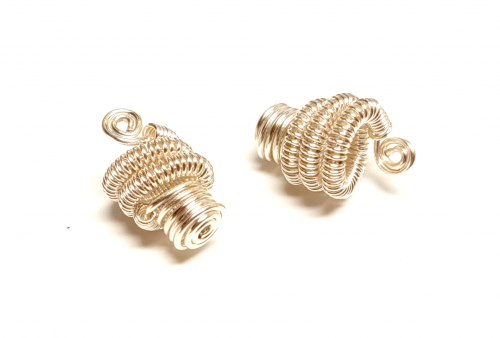
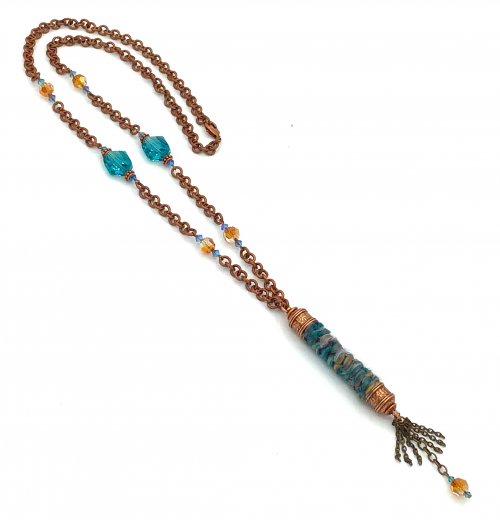
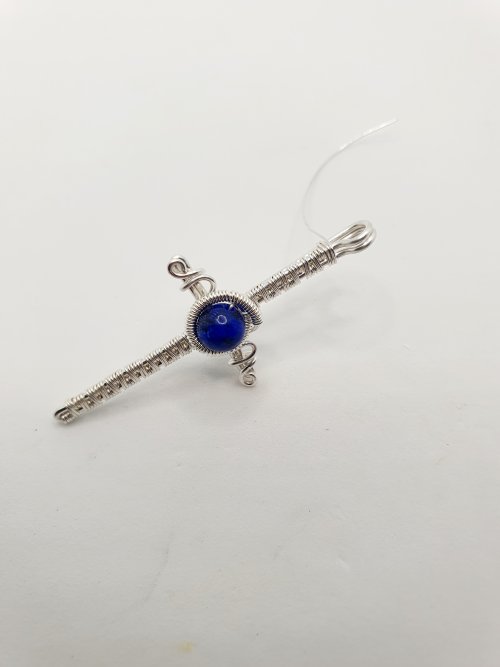

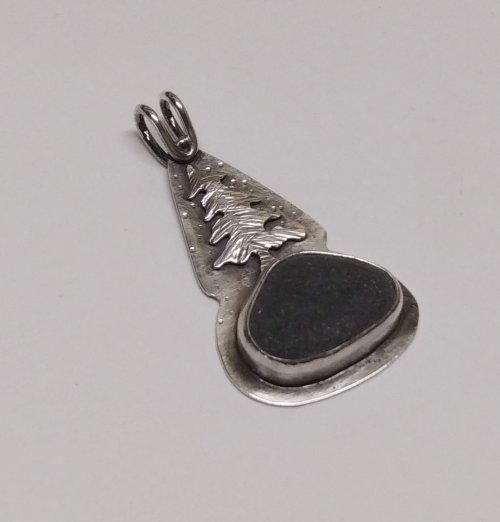
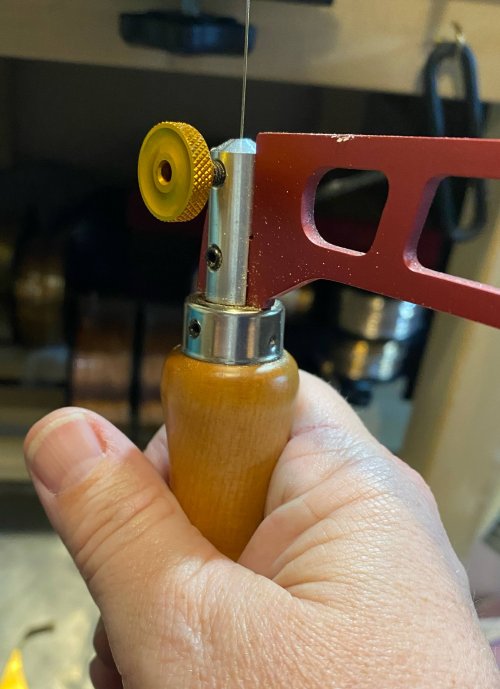
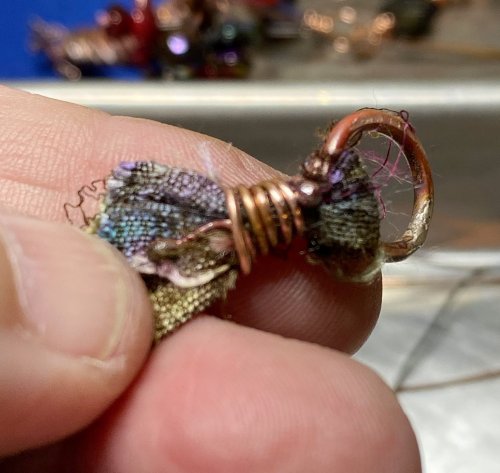

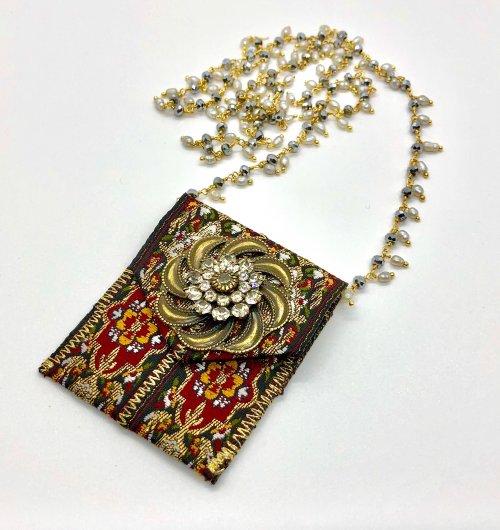


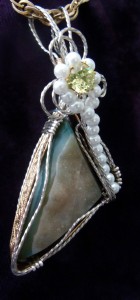

 Cleaning Your Jewelry
Cleaning Your Jewelry
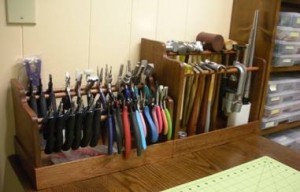 Build A Tool Rack
Build A Tool Rack
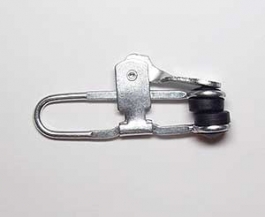 Clamps for Jewelry Making
Clamps for Jewelry Making
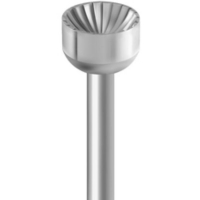 Finishing Wire Ends
Finishing Wire Ends
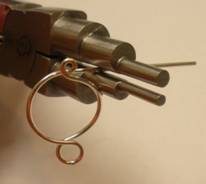 Handmade Closures
Handmade Closures
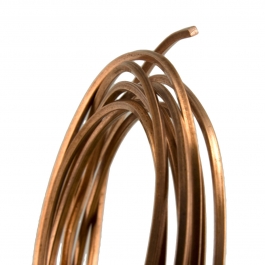 Removing Tarnish From Your Jewelry
Removing Tarnish From Your Jewelry
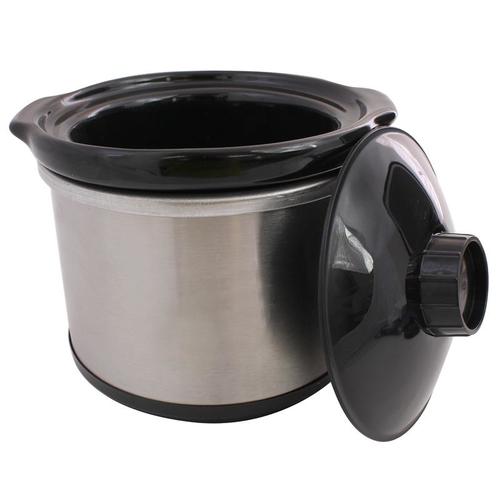 Homemade Pickle
Homemade Pickle
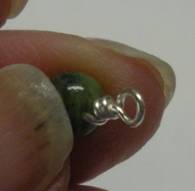 Wire Wrapped Loops
Wire Wrapped Loops
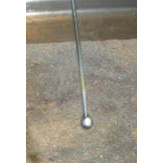 How to Make Balled Head Pins
How to Make Balled Head Pins
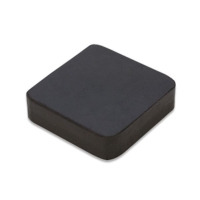 Lessen the Noise - Save Your Eardrums
Lessen the Noise - Save Your Eardrums
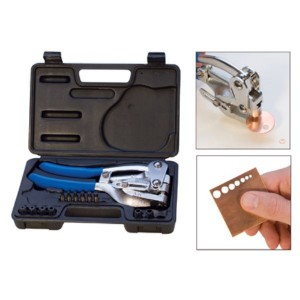 Make a Rivet and Eyelet Tile
Make a Rivet and Eyelet Tile
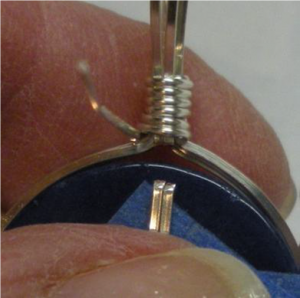 Two Tips for Making Pendant Bails with Craft Wire
Two Tips for Making Pendant Bails with Craft Wire
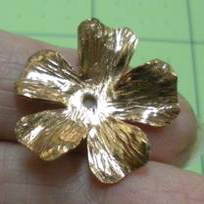 Petal Forming on a Wood Block
Petal Forming on a Wood Block
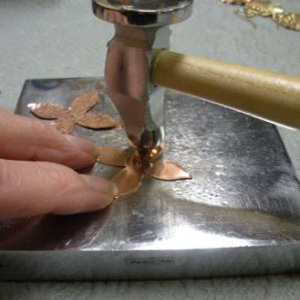 Save Your Fingers while Texturing
Save Your Fingers while Texturing
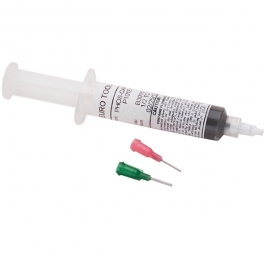 Soldering on Copper
Soldering on Copper
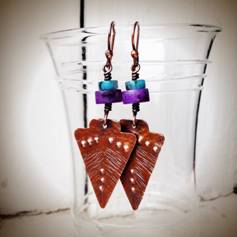 Sticker Templates
Sticker Templates
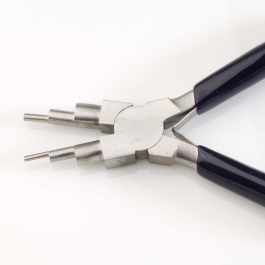 Using 6 Step Barrel Pliers
Using 6 Step Barrel Pliers
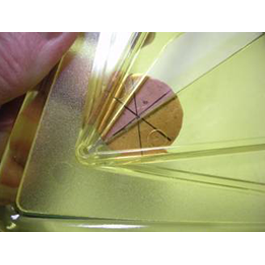 Using a Center Finder
Using a Center Finder
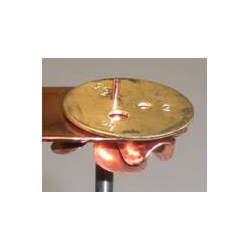 Using a Tile to Cut Rivets
Using a Tile to Cut Rivets
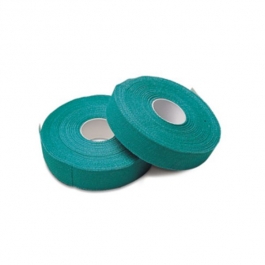 Using Household Super Glue on Minor Cuts, Nicks and Scrapes
Using Household Super Glue on Minor Cuts, Nicks and Scrapes
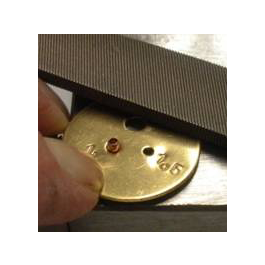 Using Tiles on Tube Rivets and Eyelets
Using Tiles on Tube Rivets and Eyelets
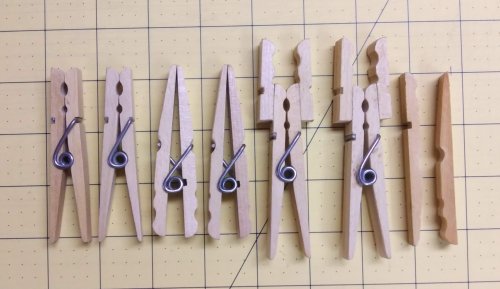 Clothespin Tools
Clothespin Tools
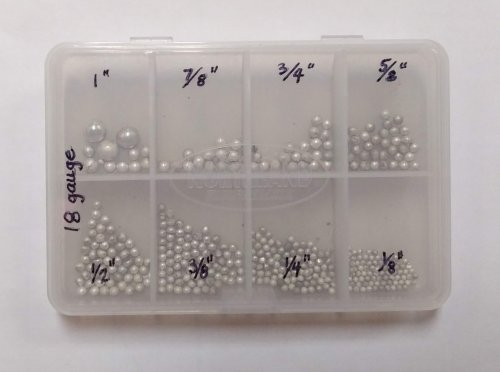 Making Decorative Granulation Beads
Making Decorative Granulation Beads
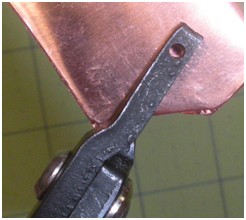 Using Your Hole Punch Pliers
Using Your Hole Punch Pliers
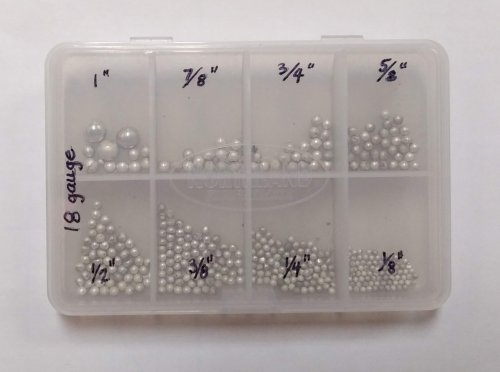 Decorative Granulation and Beads
Decorative Granulation and Beads
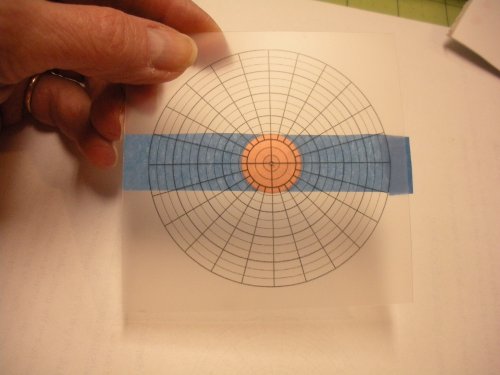 How to Find and Mark the Center of a Disc.
How to Find and Mark the Center of a Disc.
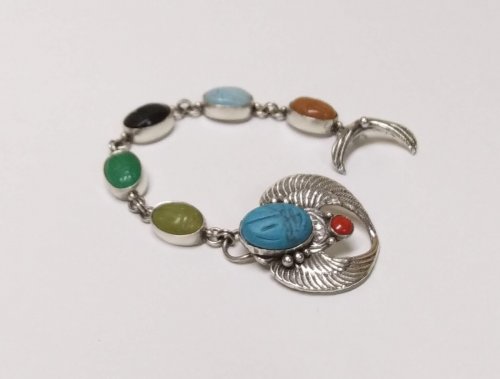 Choosing the Right Clasp
Choosing the Right Clasp
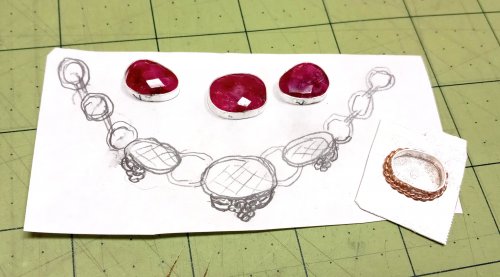 Chunky Chain Inspiration
Chunky Chain Inspiration
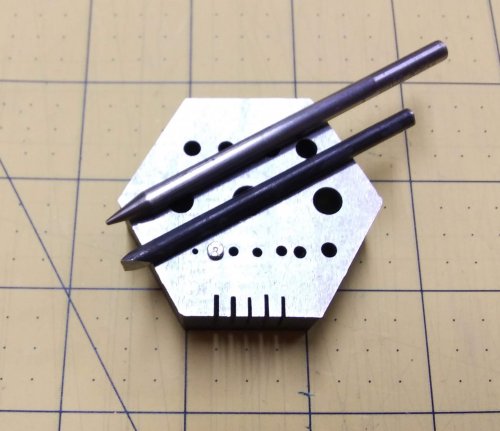 Tool Tip - Steampunk or Industrial Rivets
Tool Tip - Steampunk or Industrial Rivets
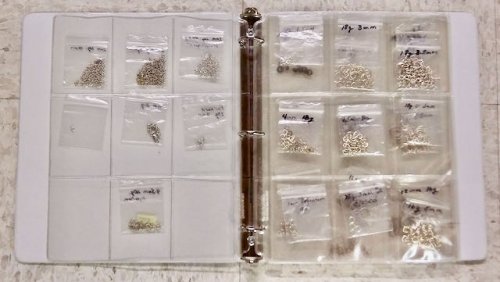 Storing Jump Rings
Storing Jump Rings
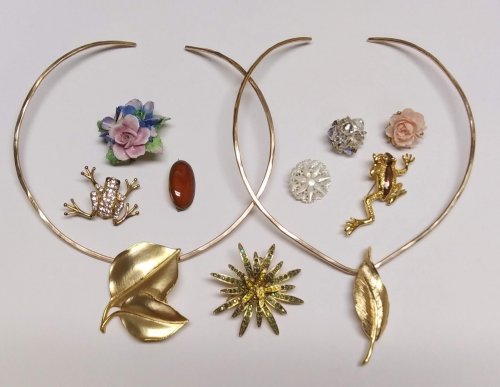 Wear Your Brooches on a Neckwire
Wear Your Brooches on a Neckwire
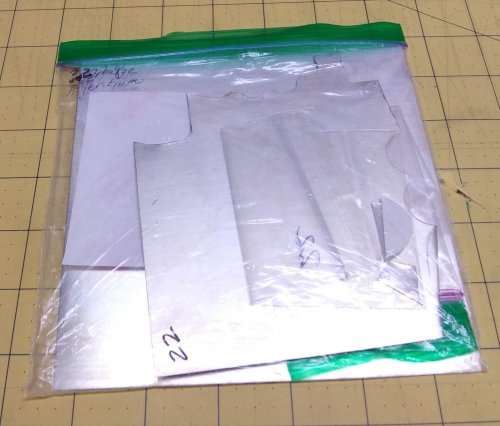 Storing Your Metal
Storing Your Metal
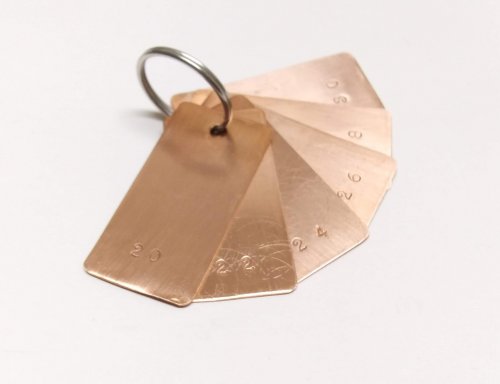 Using Disc Cutter Shims
Using Disc Cutter Shims
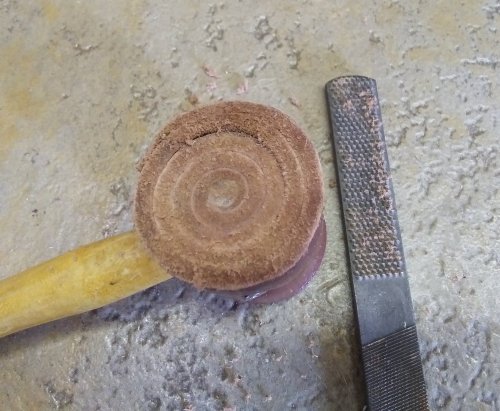 Conditioning a Rawhide Mallet
Conditioning a Rawhide Mallet
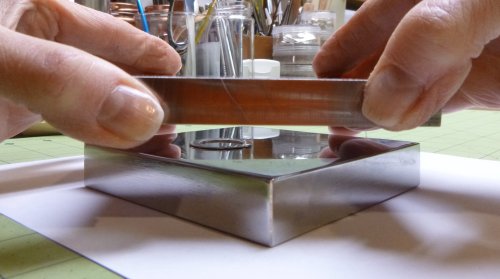 Flattening Metal Pieces
Flattening Metal Pieces
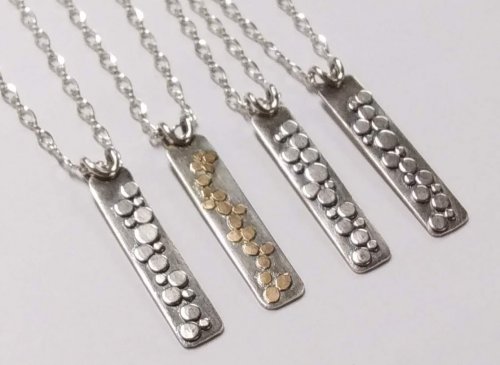 Quenching
Quenching
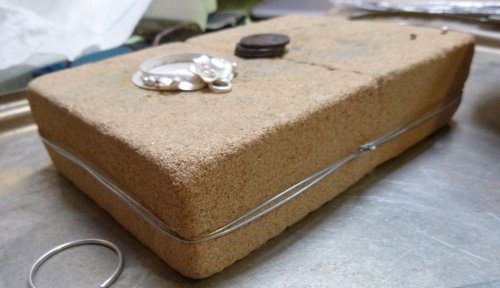 Saving a Broken Solder Brick
Saving a Broken Solder Brick
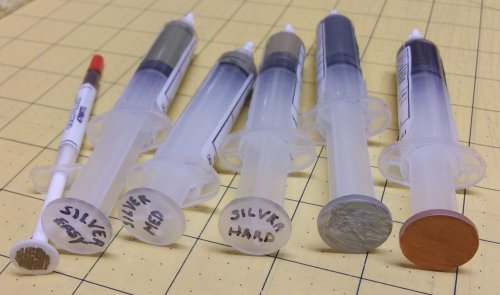 Why I Use Solder Paste
Why I Use Solder Paste
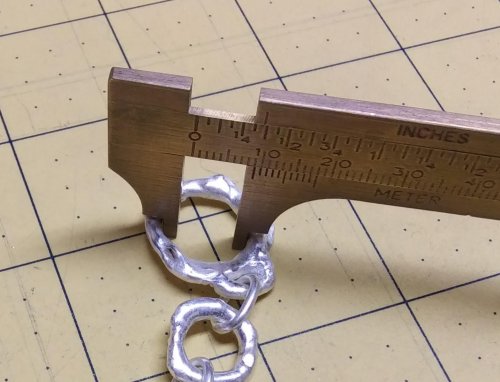 Designing a Toggle Clasp That Works
Designing a Toggle Clasp That Works
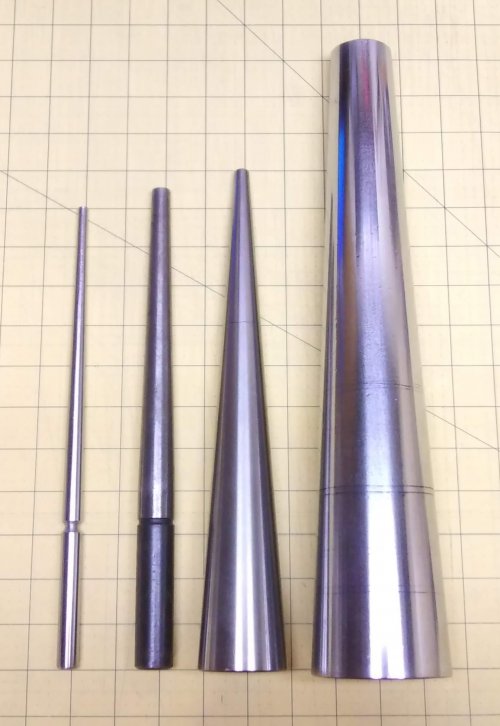 Round Mandrels
Round Mandrels
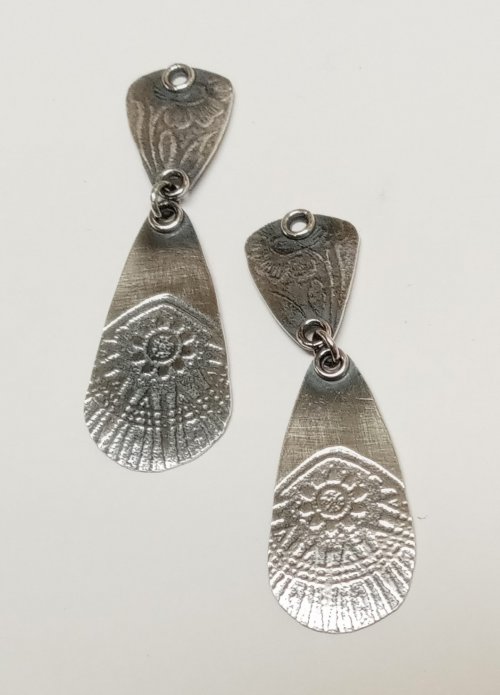 Get the Look of Eyelets
Get the Look of Eyelets
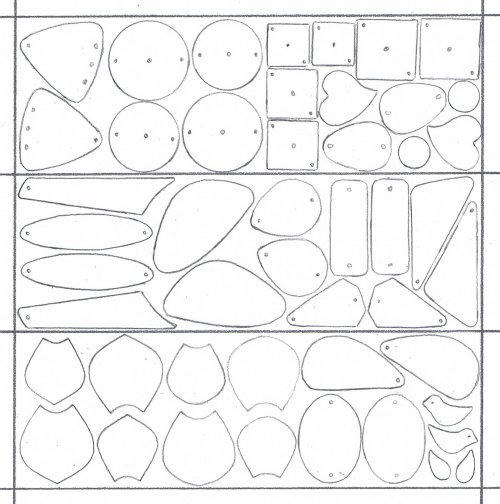 Earring Pairs Template
Earring Pairs Template
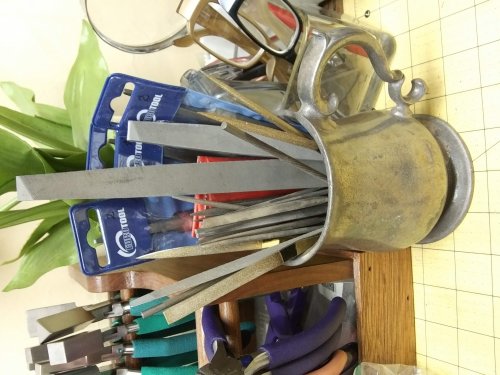 Storing and Caring for Files
Storing and Caring for Files
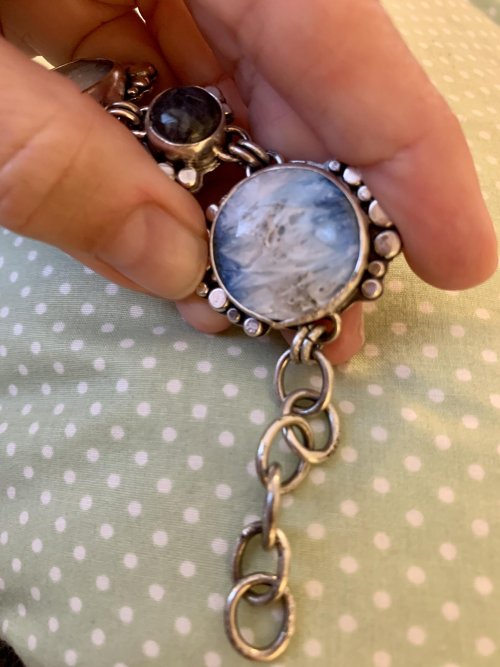 Open or Closed Jump RIngs on Bracelets and Necklaces
Open or Closed Jump RIngs on Bracelets and Necklaces
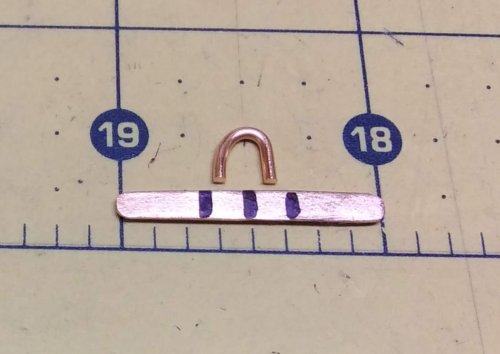 Versatile Permanent Markers
Versatile Permanent Markers
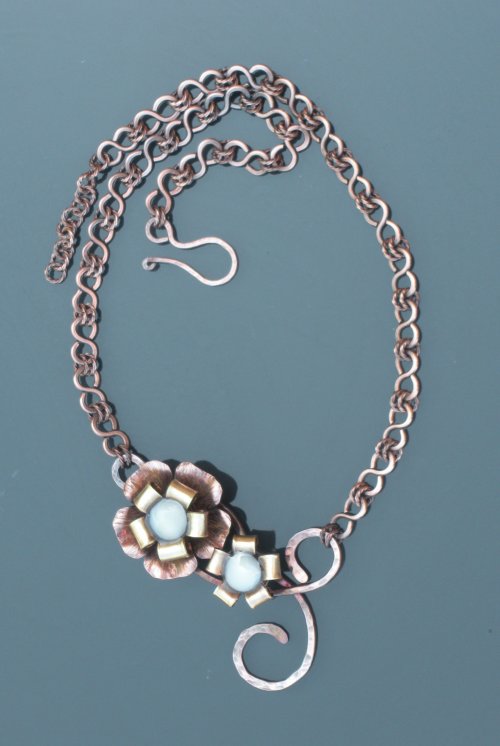 You Used What
You Used What
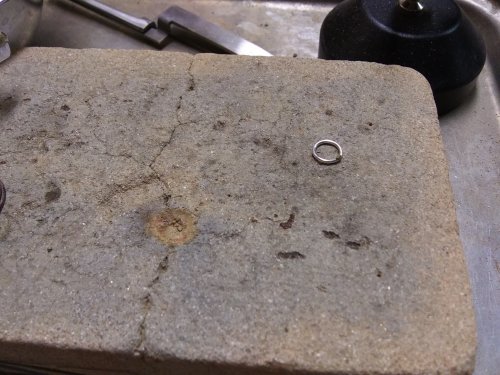 Rescuing a Very Used Magnesia Soldering Block
Rescuing a Very Used Magnesia Soldering Block
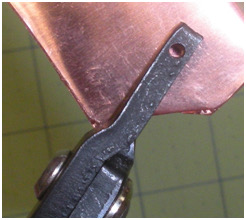 Using Hole Punch Pliers
Using Hole Punch Pliers
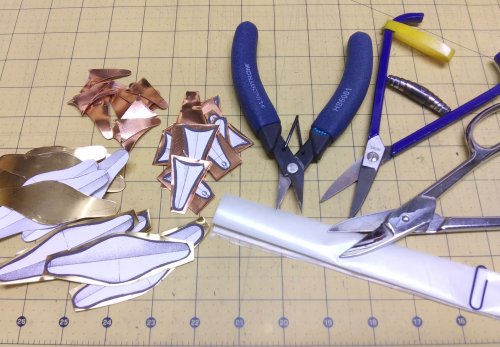 Metal Shears Care
Metal Shears Care
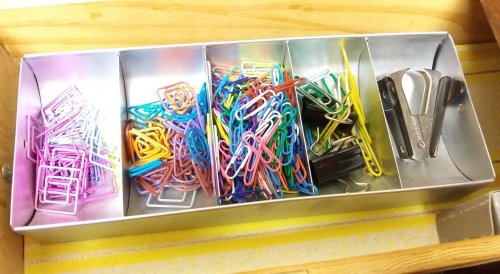 Paperclip Earrings
Paperclip Earrings
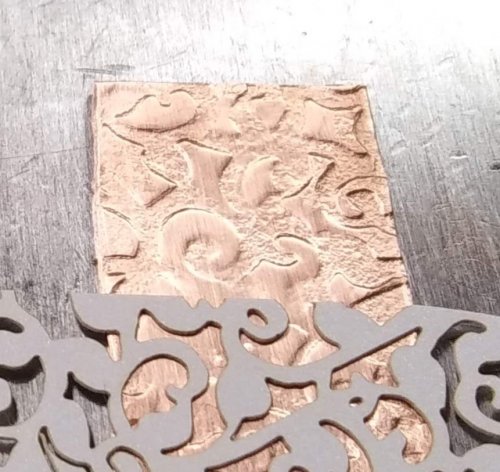 Think Outside the Box - Alternative Metal Texturing
Think Outside the Box - Alternative Metal Texturing
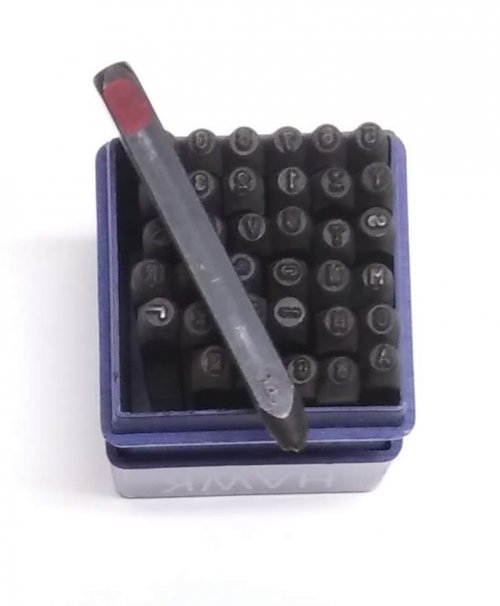 Make Stamping Metal a Bit Easier
Make Stamping Metal a Bit Easier
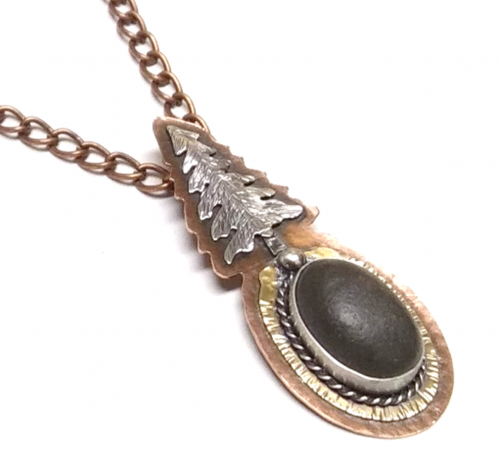 Stone Bezel Setting Tips
Stone Bezel Setting Tips
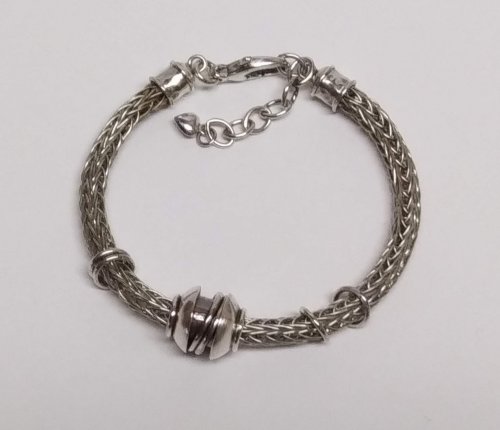 Viking Knit Tips
Viking Knit Tips
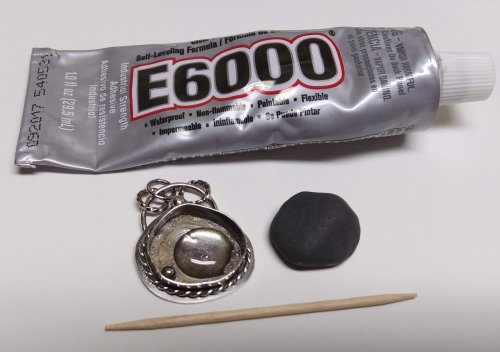 Using Glue Under Cabochons
Using Glue Under Cabochons
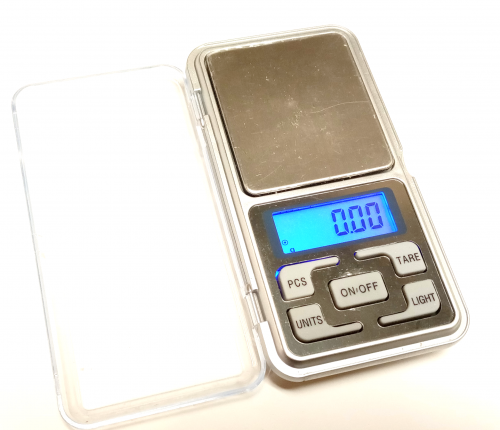 Tool Tip - Digital Pocket Scale
Tool Tip - Digital Pocket Scale
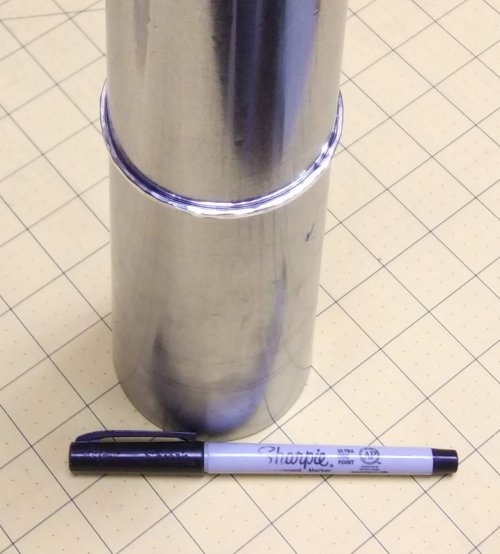 Repeat Performance
Repeat Performance
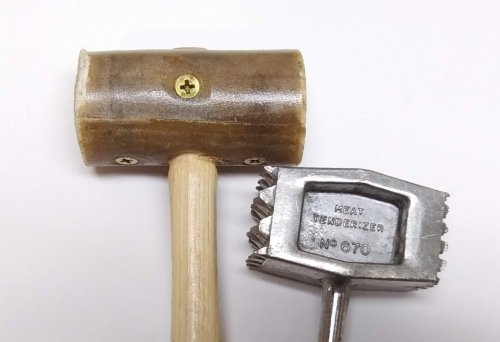 Another Way to Condition a Rawhide Mallet
Another Way to Condition a Rawhide Mallet
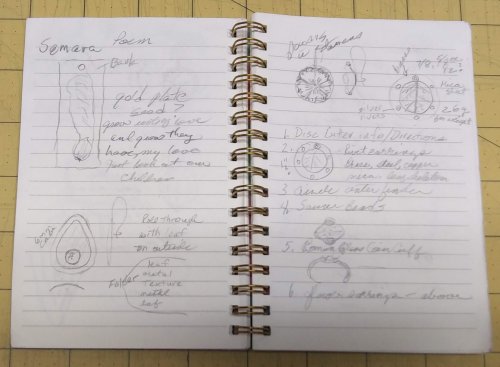 Carry a Sketch Pad
Carry a Sketch Pad
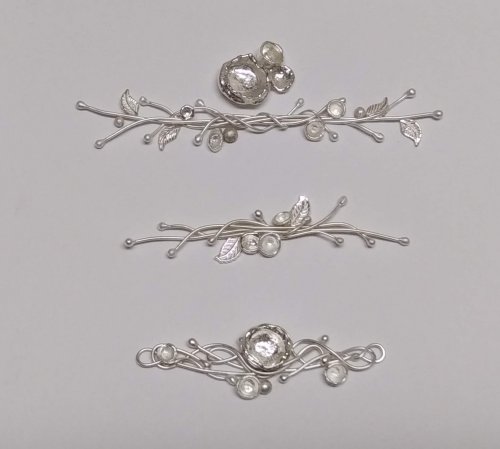 Why You Should Take a Class
Why You Should Take a Class
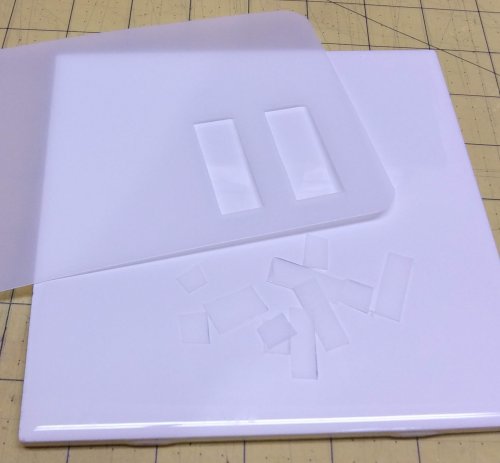 Jewelry Making Templates
Jewelry Making Templates
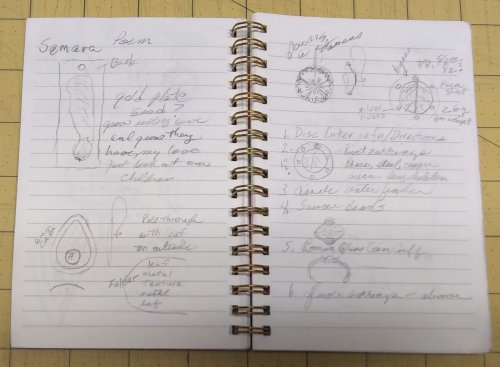 Carry a Sketch Pad
Carry a Sketch Pad
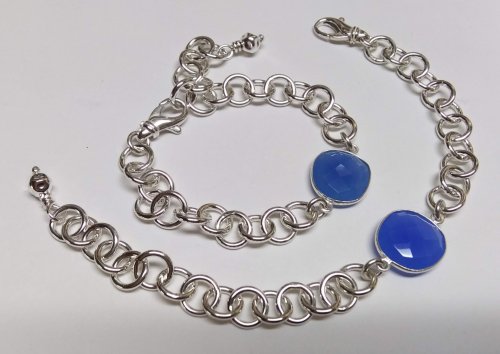 Keeping Your Bracelet Focals in Place
Keeping Your Bracelet Focals in Place
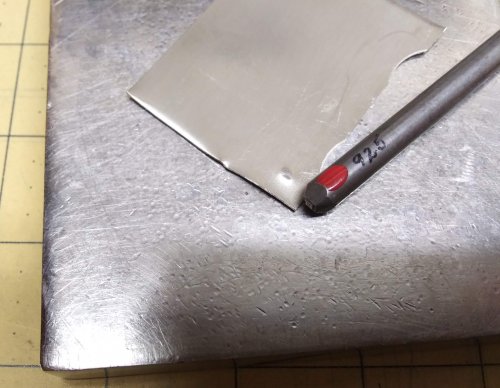 Metal Content Stamping
Metal Content Stamping
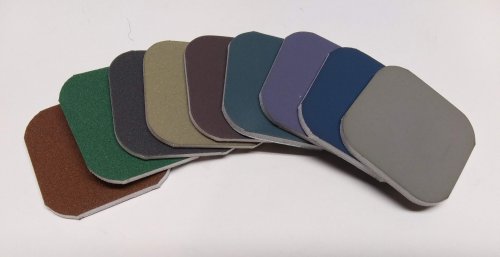 Using Sanding Sponges and Papers
Using Sanding Sponges and Papers
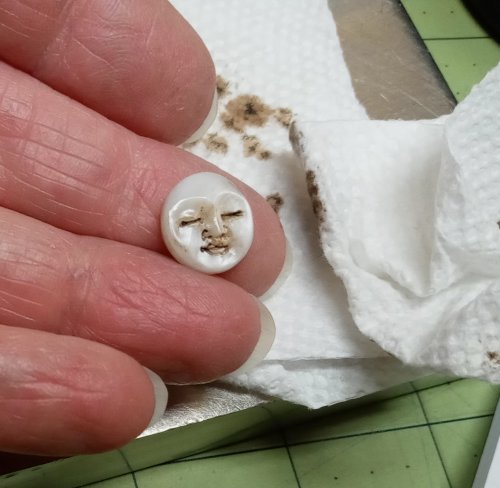 Adding Depth to Carved Beads and Cabochons
Adding Depth to Carved Beads and Cabochons
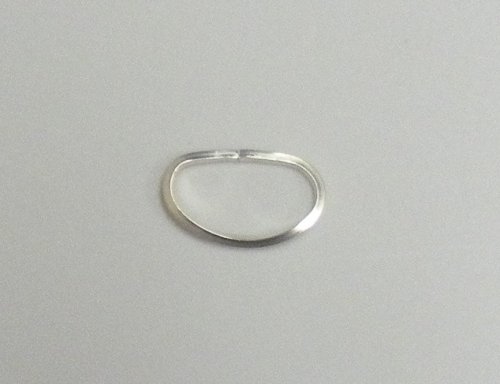 Closing Rings Tightly for Soldering
Closing Rings Tightly for Soldering
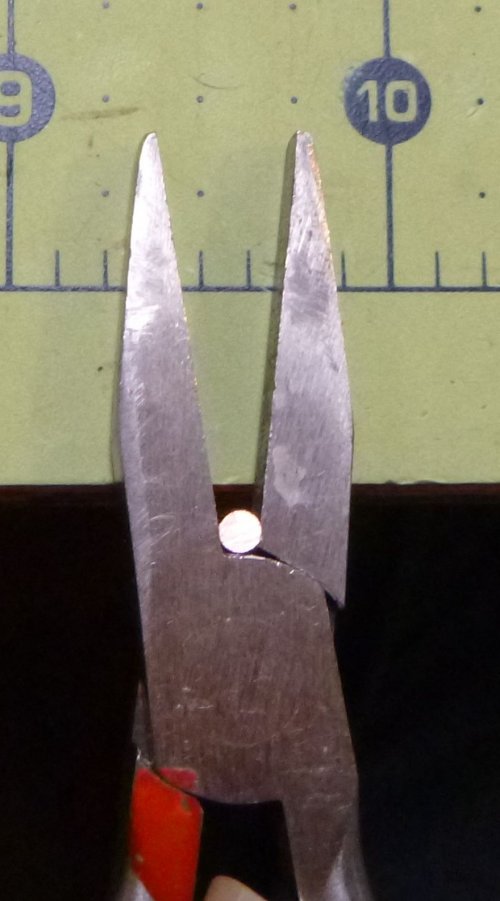 Squaring Wire Ends
Squaring Wire Ends
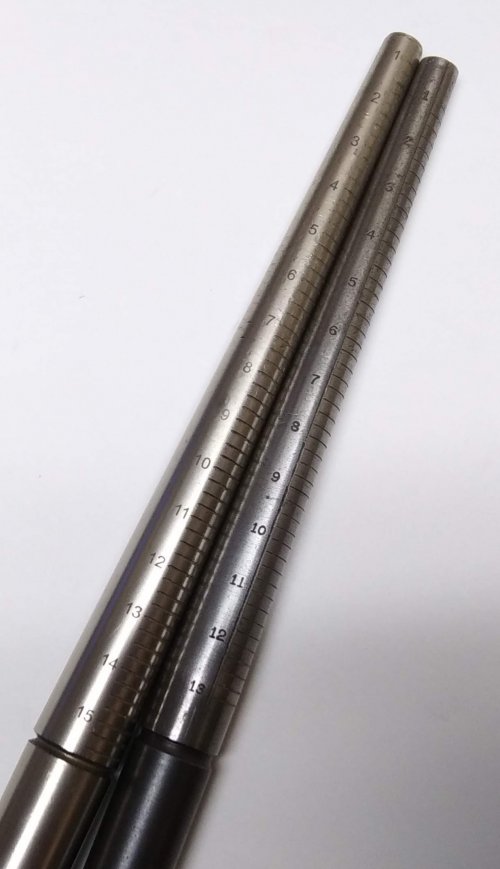 Ring Mandrels
Ring Mandrels
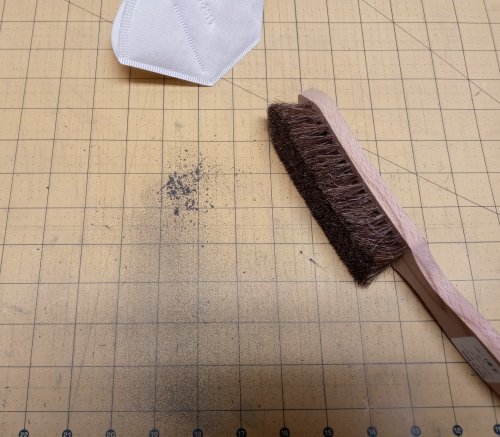 Tool Tip - Bench Brushes
Tool Tip - Bench Brushes
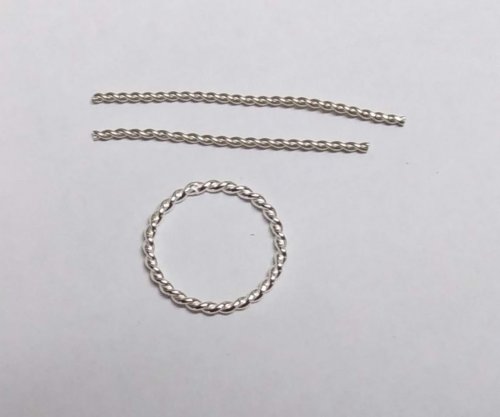 Scrap Wire Twisted Rings
Scrap Wire Twisted Rings
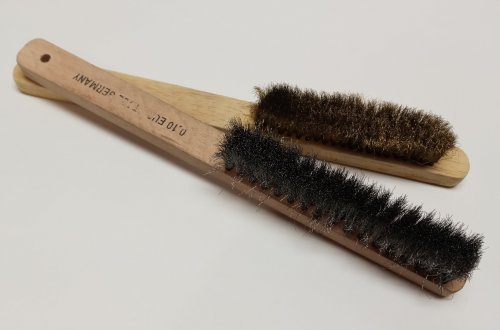 Tool Tip - Soft Bristle Metal Brushes
Tool Tip - Soft Bristle Metal Brushes
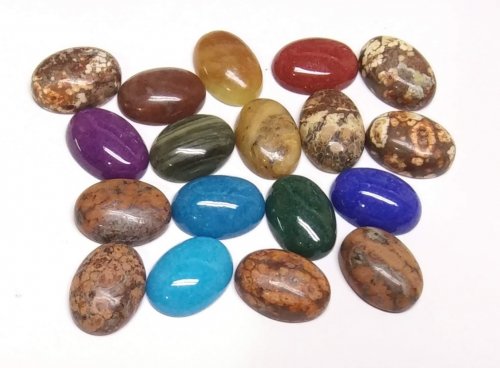 Project Multiples - Calibrated Cabochons
Project Multiples - Calibrated Cabochons
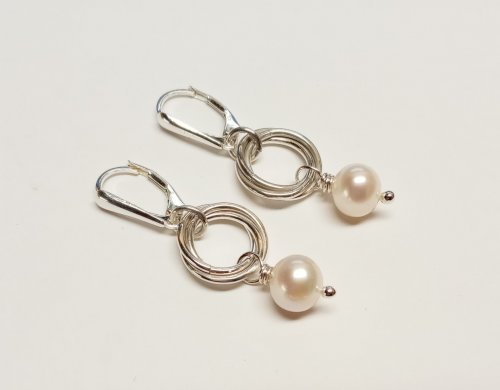 Mobius Pearl Drop Earrings
Mobius Pearl Drop Earrings
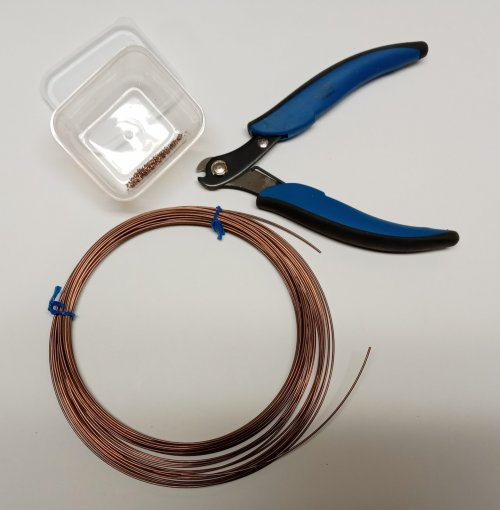 Copper Wire Solder
Copper Wire Solder
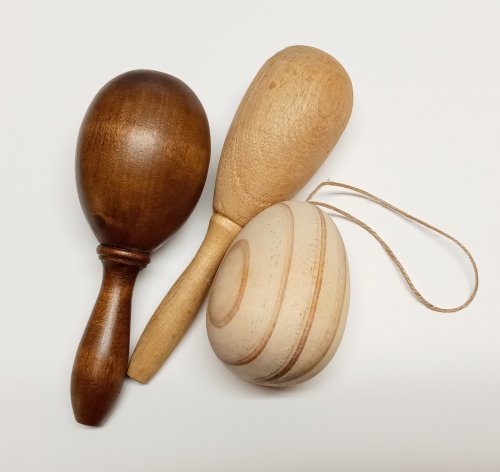 Large Dapping Punches and Alternatives
Large Dapping Punches and Alternatives
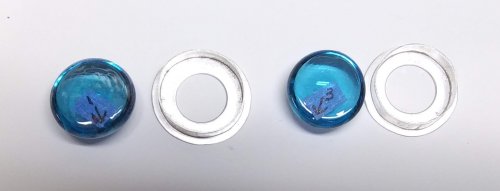 Project Multiples - Glass Pebble Cabs
Project Multiples - Glass Pebble Cabs
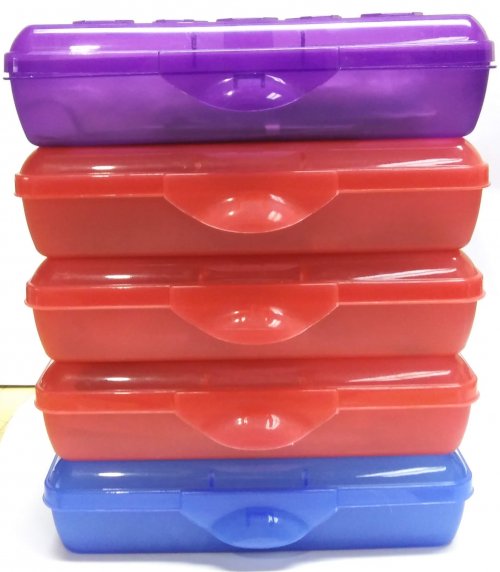 Project Storage
Project Storage
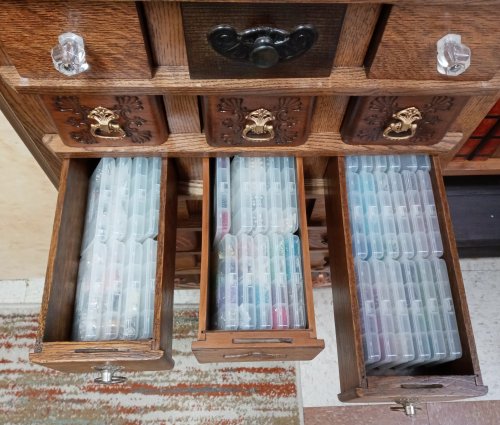 Tiny Bead and Findings Storage
Tiny Bead and Findings Storage
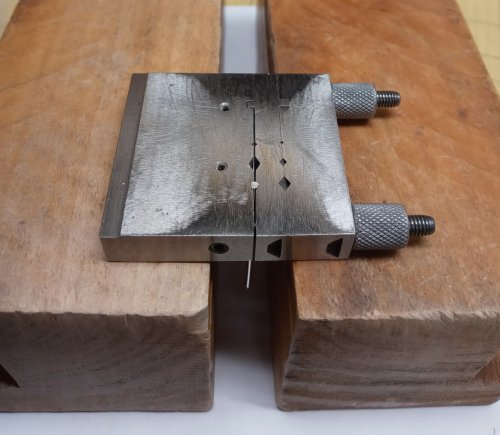 Working Smart
Working Smart
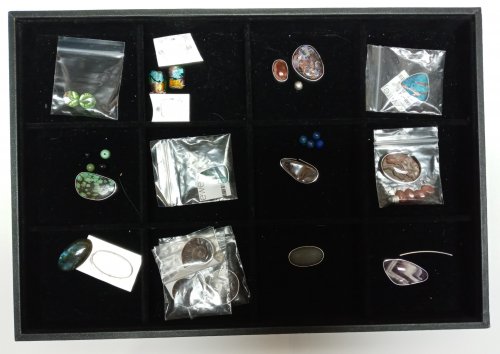 Display Trays as Storage
Display Trays as Storage
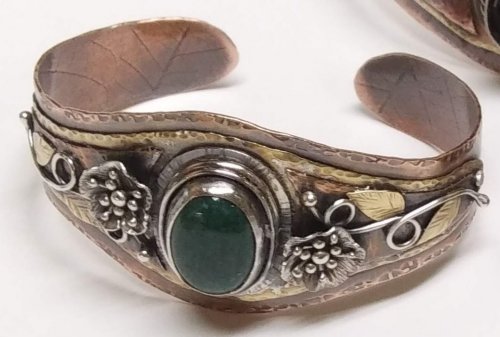 Making TIny Leaves
Making TIny Leaves
 Adapting a Tutorial
Adapting a Tutorial
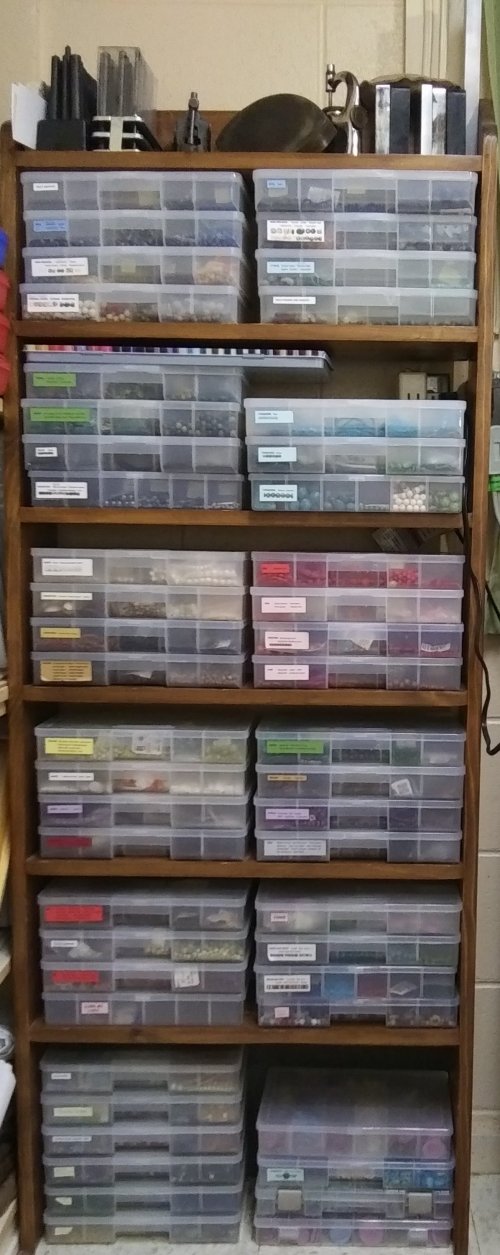 Build Better Bead Storage
Build Better Bead Storage
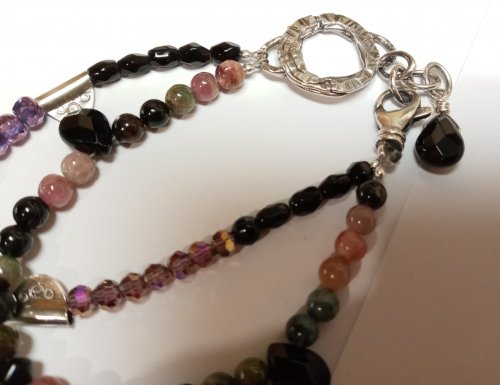 Using Magical Crimping Pliers
Using Magical Crimping Pliers
 Add a Touch of Gold
Add a Touch of Gold
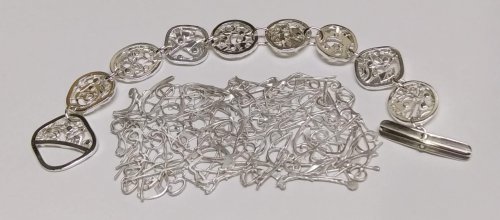 Make a Lacy Argentium Scrap Metal Sheet
Make a Lacy Argentium Scrap Metal Sheet
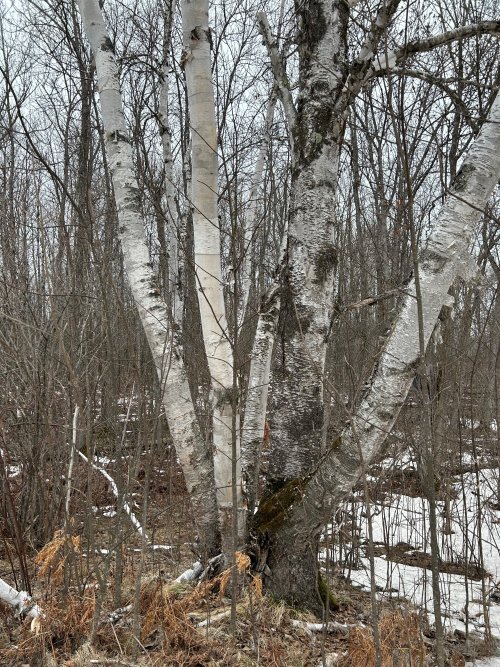 Birch Bark Texture
Birch Bark Texture
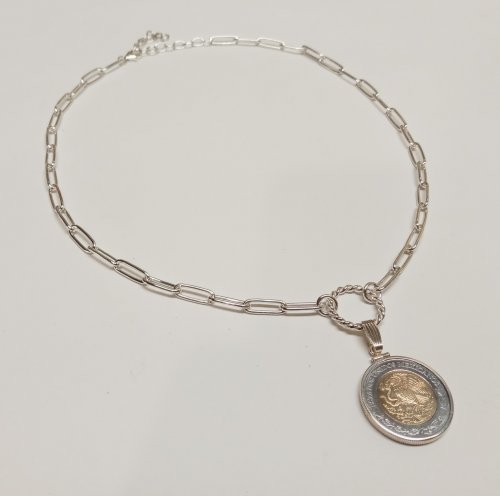 Versatile Snap-on Bails
Versatile Snap-on Bails
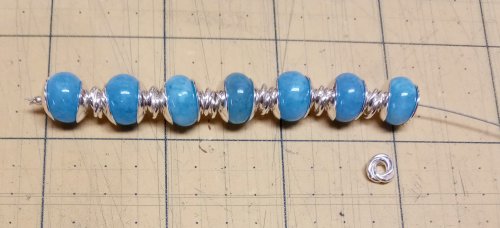 Bead Cap Primer
Bead Cap Primer
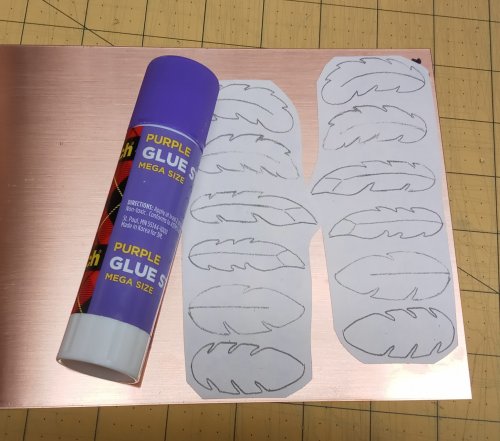 Using Glue Sticks with Printed Templates
Using Glue Sticks with Printed Templates
 Choosing a Lake or Riverstone
Choosing a Lake or Riverstone
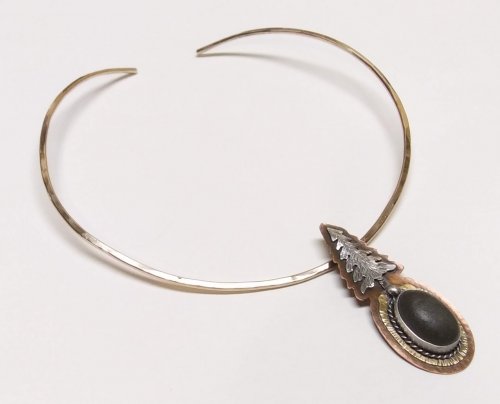 Do a Facebook Collaboration
Do a Facebook Collaboration
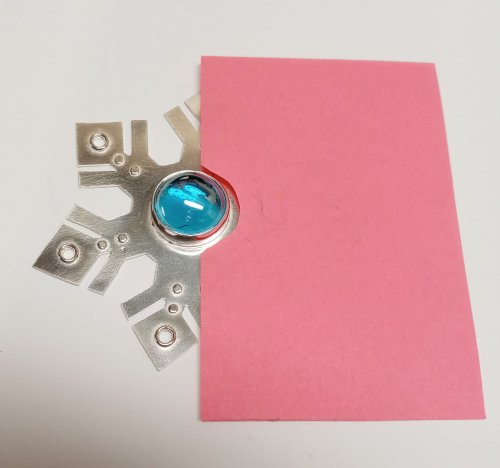 Shielding a Jewelry Piece When Stone Setting
Shielding a Jewelry Piece When Stone Setting
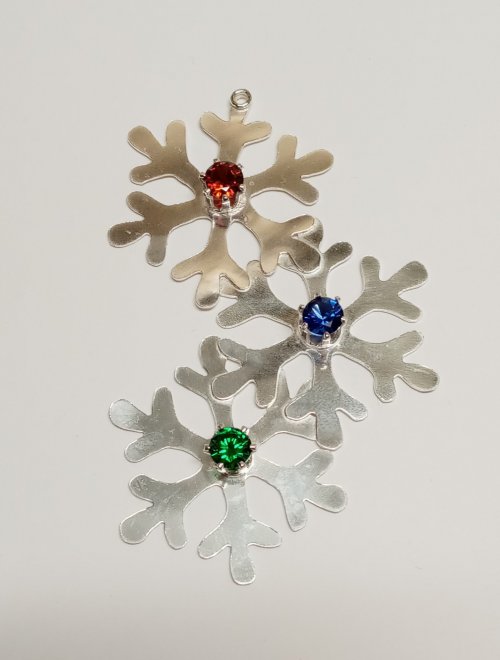 Some Ideas Are Right in Front of You
Some Ideas Are Right in Front of You
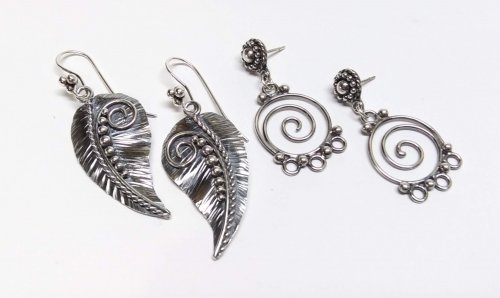 Curving and Scrolling Wire
Curving and Scrolling Wire
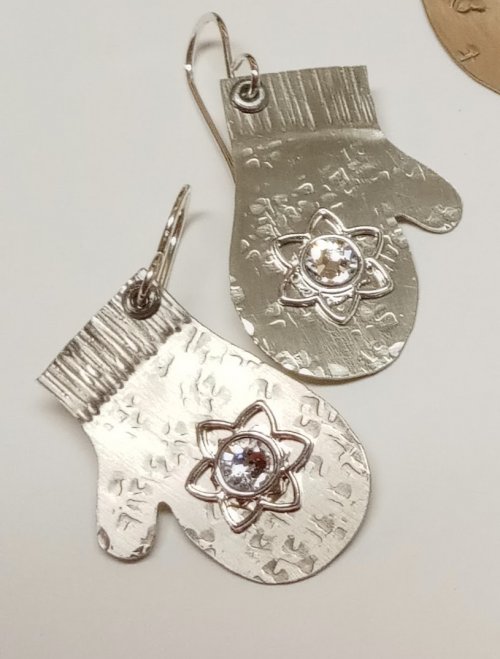 Using Snapsets to Add Sparkle to Your Work
Using Snapsets to Add Sparkle to Your Work
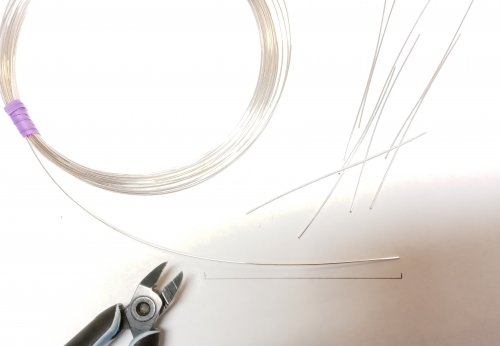 Cutting Wire Multiples of the Same Length
Cutting Wire Multiples of the Same Length
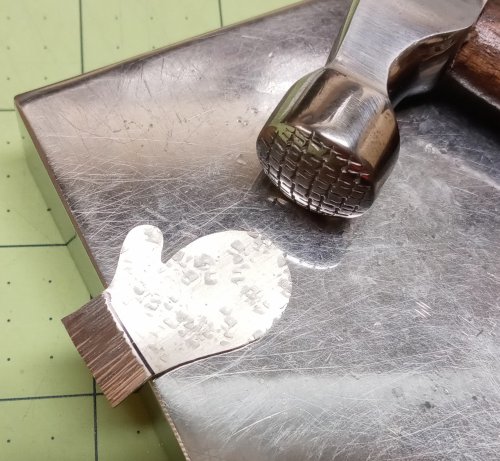 Separating Distinct Textures on a Single Piece of Metal
Separating Distinct Textures on a Single Piece of Metal
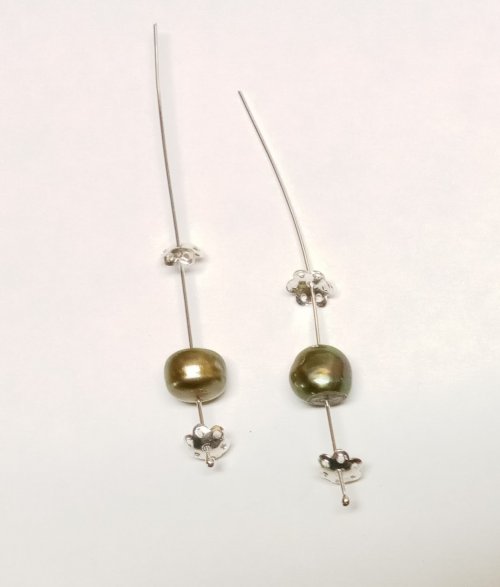 Changing the Size of a Pearl
Changing the Size of a Pearl
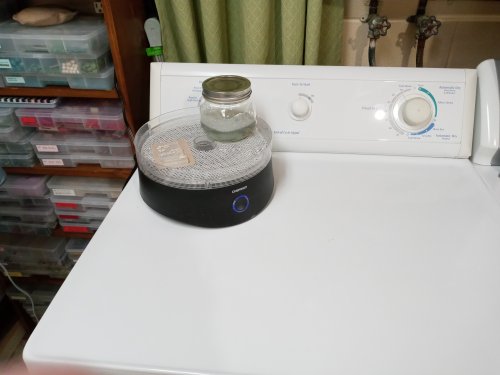 Easy Ring Cleaning
Easy Ring Cleaning
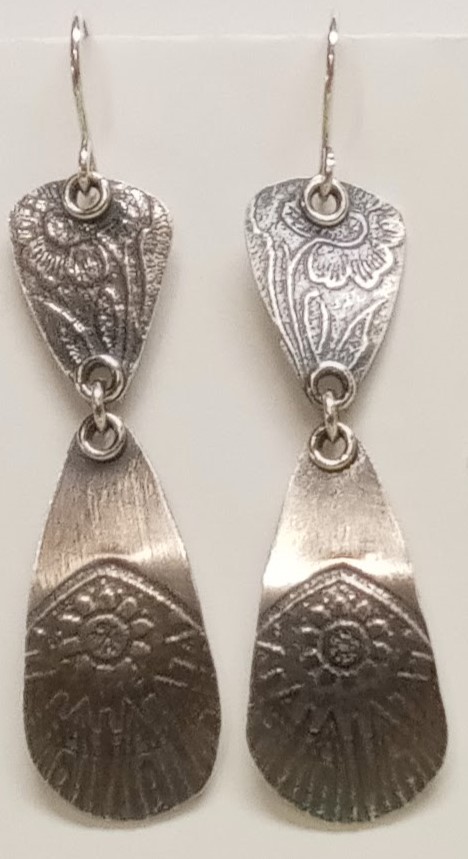 Add a Bit of Dimension
Add a Bit of Dimension
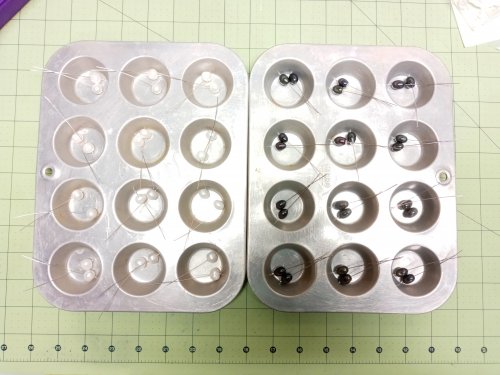 Keeping Projects Separate
Keeping Projects Separate
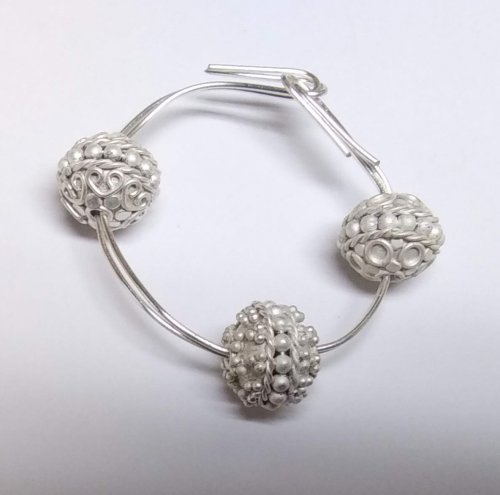 Tumbling and Polishing Metal Beads
Tumbling and Polishing Metal Beads
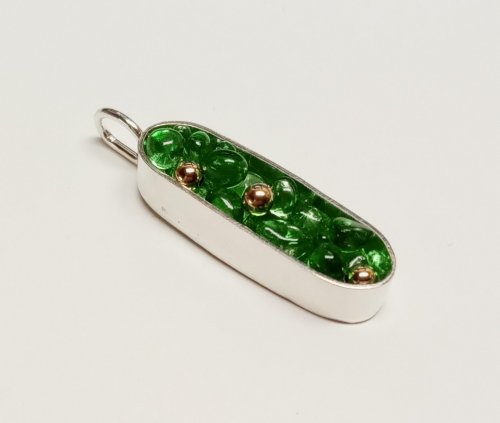 Unexpected Jewels
Unexpected Jewels
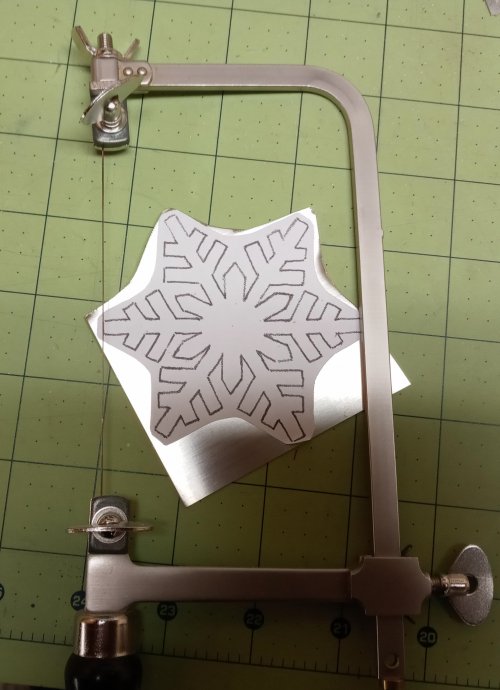 Saws and Turning Radius
Saws and Turning Radius
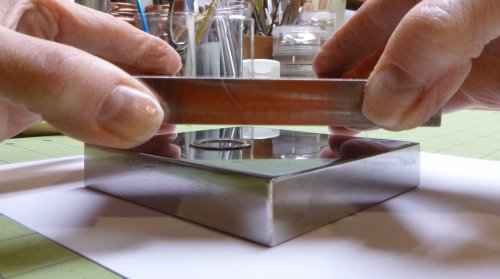 Flattening Metal Pieces
Flattening Metal Pieces
 Mobius Ring Spacers
Mobius Ring Spacers
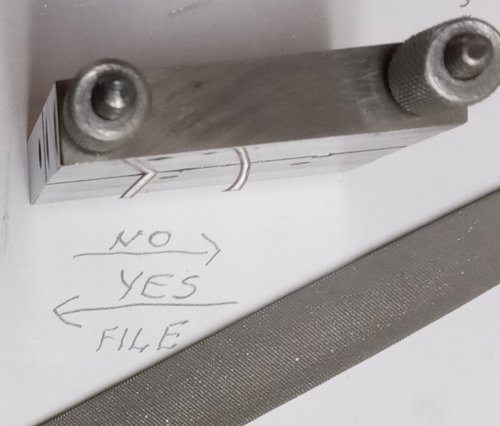 Filing Angled Wires in a Jig
Filing Angled Wires in a Jig
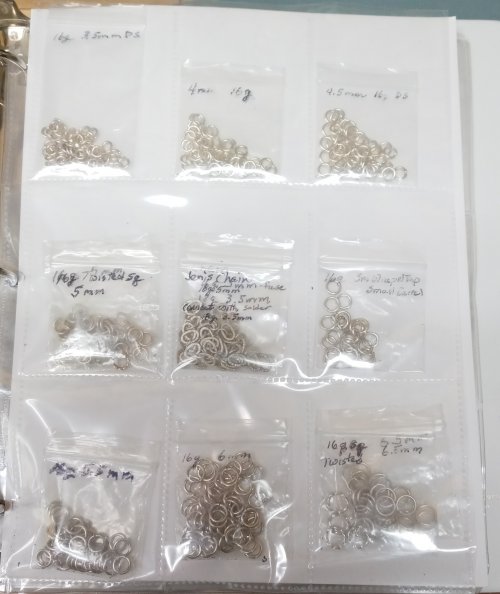 Storing Handmade Elements
Storing Handmade Elements
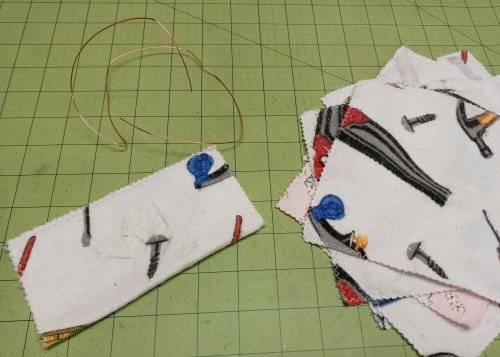 Simple Way to Straighten Wire
Simple Way to Straighten Wire
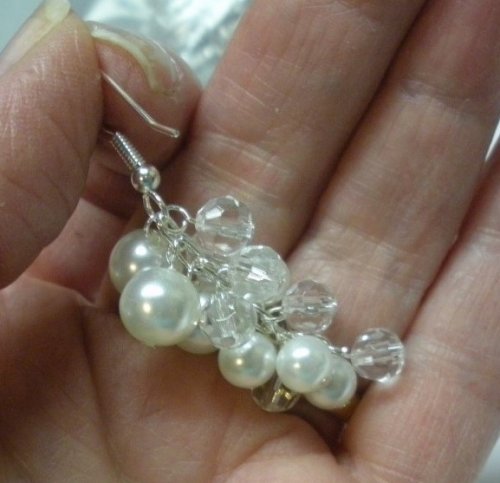 Two Ways to Make Simple Loops
Two Ways to Make Simple Loops
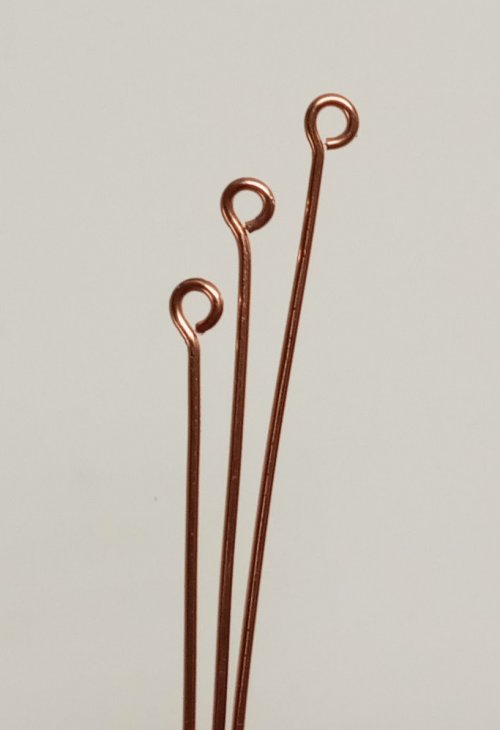 Making Simple Eyepins
Making Simple Eyepins
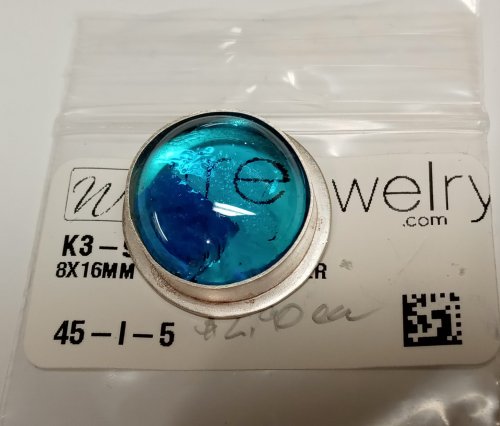 Using Fun Tak as a Resist
Using Fun Tak as a Resist
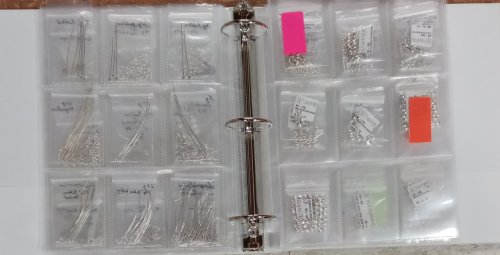 Why Use a Binder to Store Embellishments
Why Use a Binder to Store Embellishments
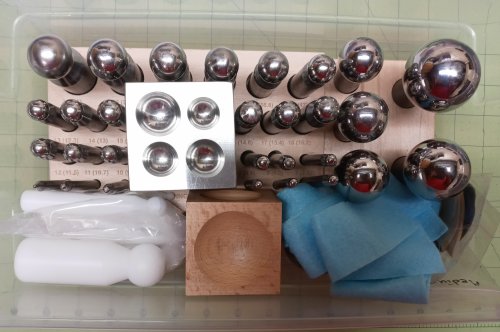 Storing Dapping Blocks and Punches
Storing Dapping Blocks and Punches
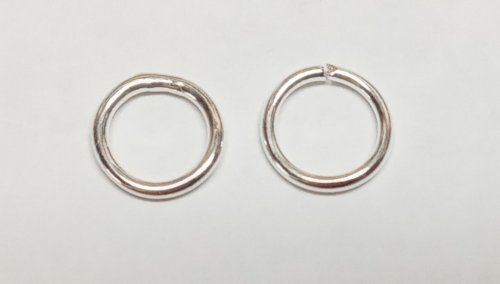 Wire Basics - Opening and Closing Jump Rings
Wire Basics - Opening and Closing Jump Rings
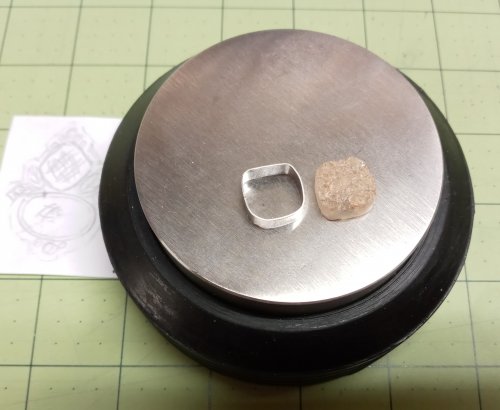 Enlarging a Bezel
Enlarging a Bezel
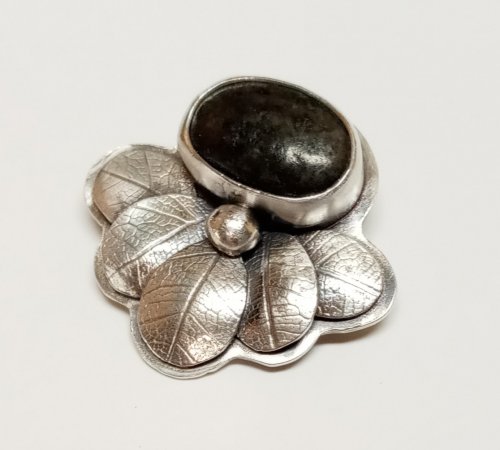 Leaf Inspirations
Leaf Inspirations
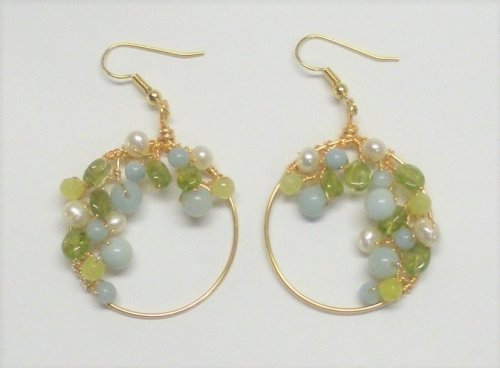 Earring Findings for Different Ages
Earring Findings for Different Ages
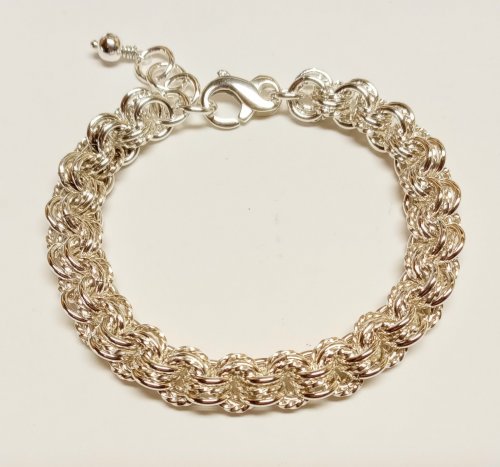 Accidentally Learning Something New
Accidentally Learning Something New
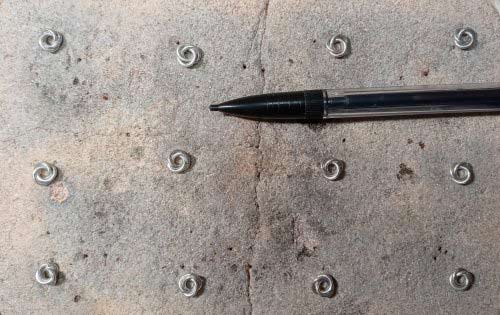 Fusing Jump Rings
Fusing Jump Rings
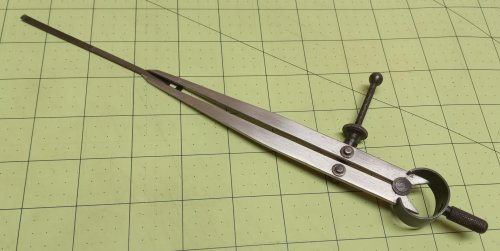 Tool Tip - Divided Caliper Scribe
Tool Tip - Divided Caliper Scribe
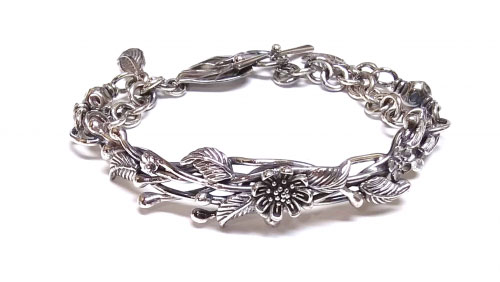 Out of the Mouths of Babes or Fixing a Spinning Bracelet
Out of the Mouths of Babes or Fixing a Spinning Bracelet
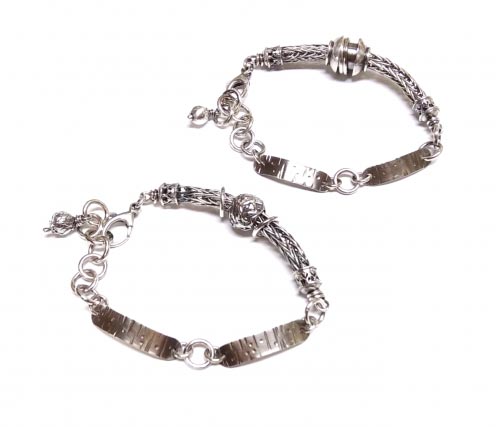 Rethinking a Design
Rethinking a Design
 When Bead Holes are Too Large
When Bead Holes are Too Large
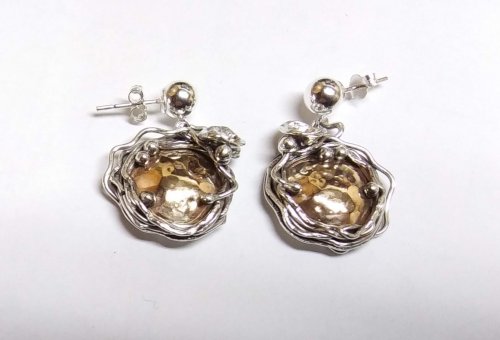 Soldering a Dome to a Backplate
Soldering a Dome to a Backplate
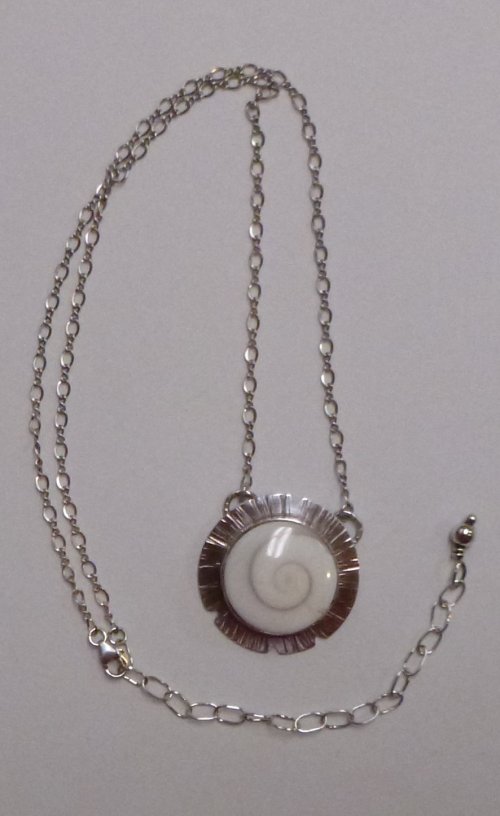 Eye of Shiva AKA Pacific Cat's Eye
Eye of Shiva AKA Pacific Cat's Eye
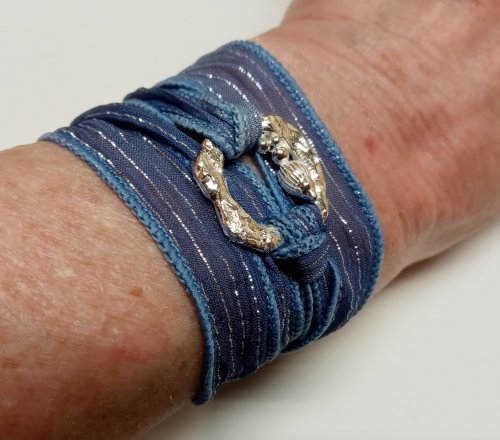 Ribbon Wrapped Bracelet tips
Ribbon Wrapped Bracelet tips
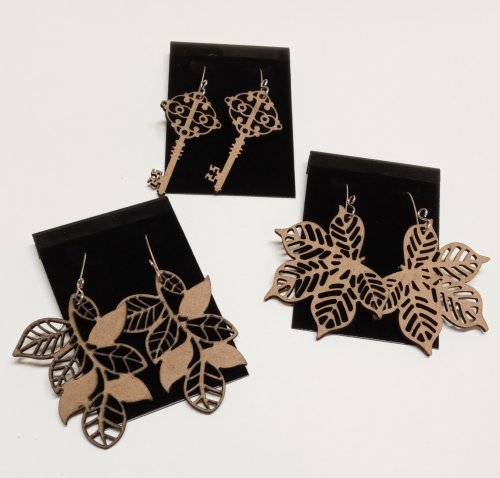 Making Lightweight Earrings with Unexpected Finds
Making Lightweight Earrings with Unexpected Finds
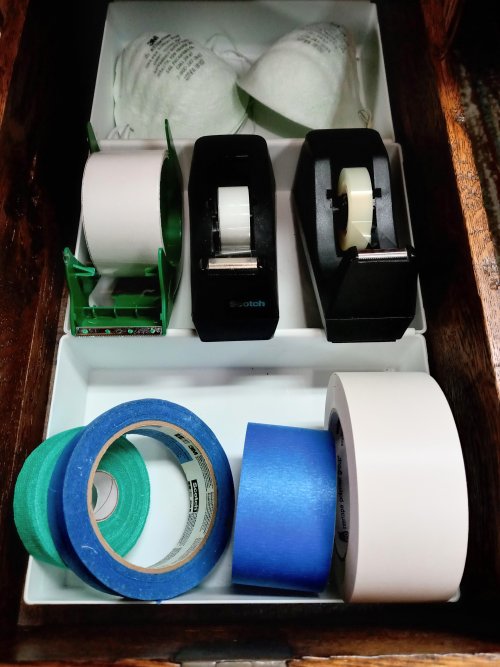 Tool Tip - Indispensable Tapes
Tool Tip - Indispensable Tapes
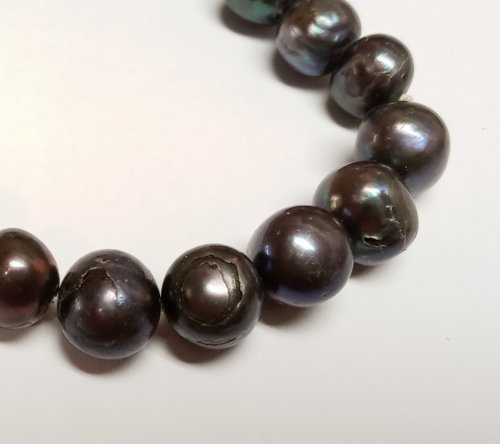 What Happens To Pearls Not Worn, Cleaned, and Stored Properly
What Happens To Pearls Not Worn, Cleaned, and Stored Properly
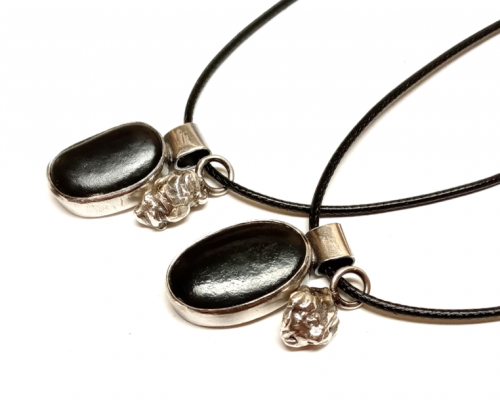 Aha Lightbulb Moment
Aha Lightbulb Moment
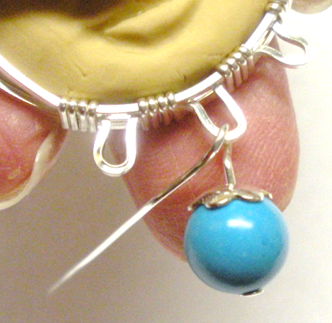 Adding Loops for Dangles on a Classic Wire Bezel Wrap
Adding Loops for Dangles on a Classic Wire Bezel Wrap
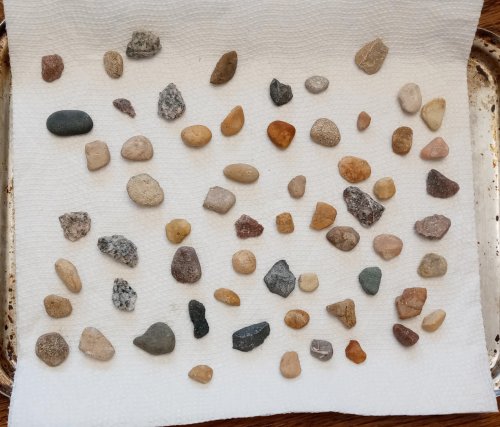 After the Rain - Found Treasures
After the Rain - Found Treasures
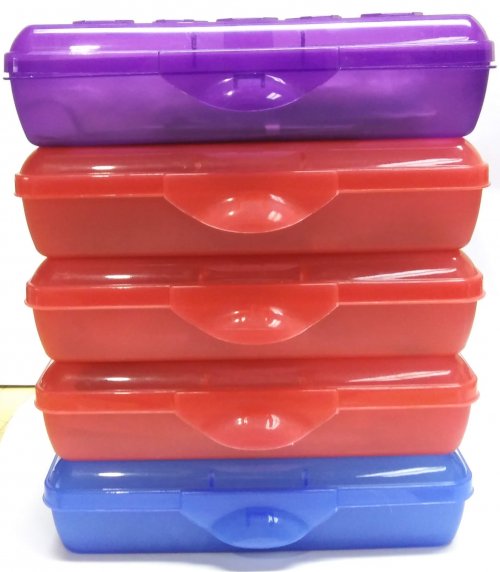 Back to School
Back to School
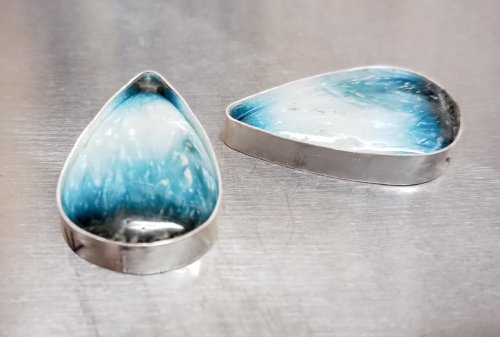 Bezel Solution for Corners and Points
Bezel Solution for Corners and Points
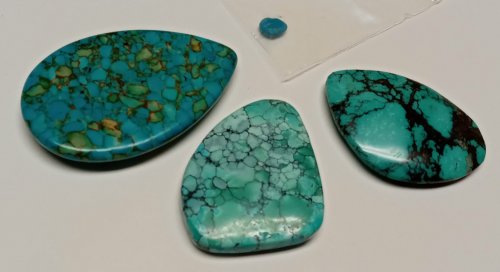 Filling Holes in Stones
Filling Holes in Stones
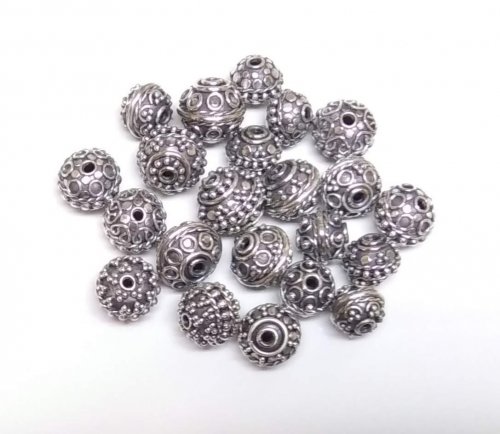 Dots to the Rescue
Dots to the Rescue
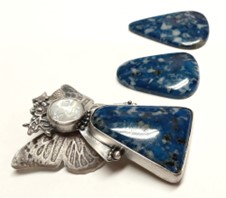 Raising Stones in Bezel Settings
Raising Stones in Bezel Settings
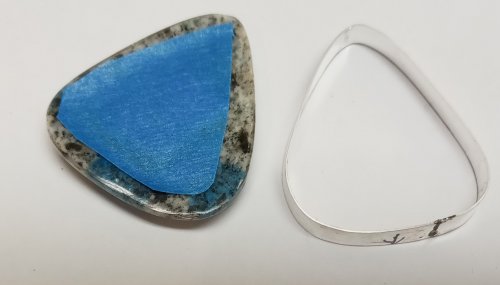 Leveling the Bottom of a Large Bezel
Leveling the Bottom of a Large Bezel
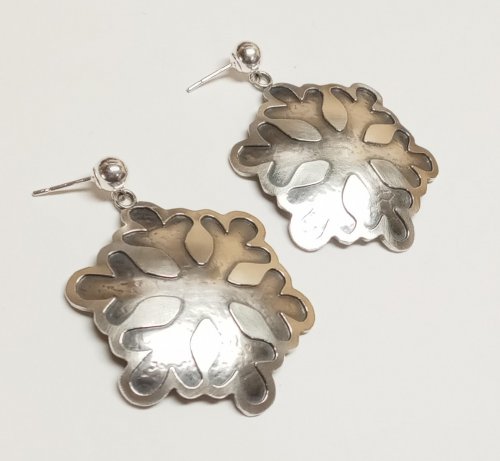 Using Leftovers
Using Leftovers
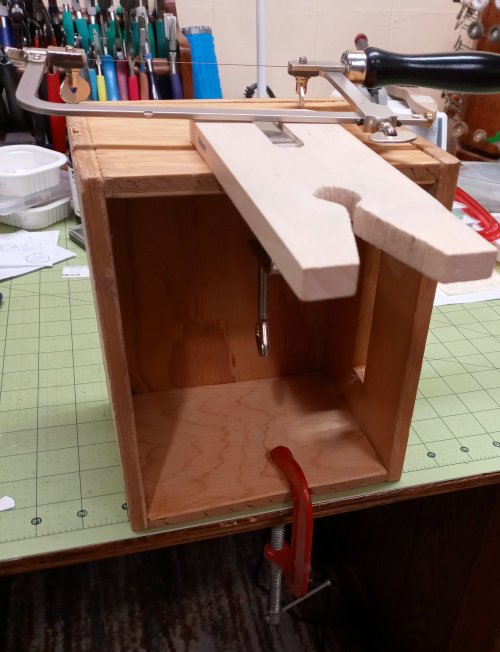 Make-do Sawing Solutions
Make-do Sawing Solutions
 Combining Tutorials
Combining Tutorials
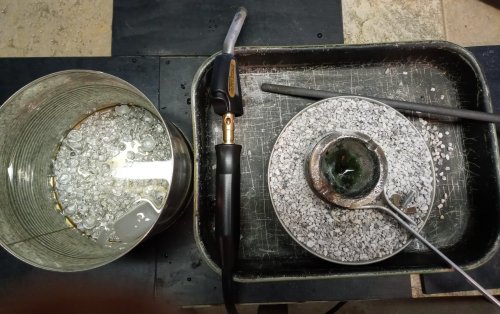 Scrap Melt
Scrap Melt
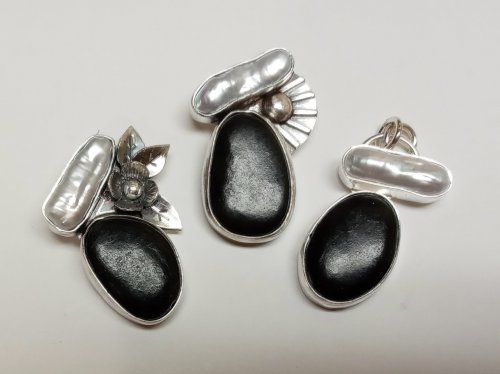 What's Your Jewelry Style
What's Your Jewelry Style
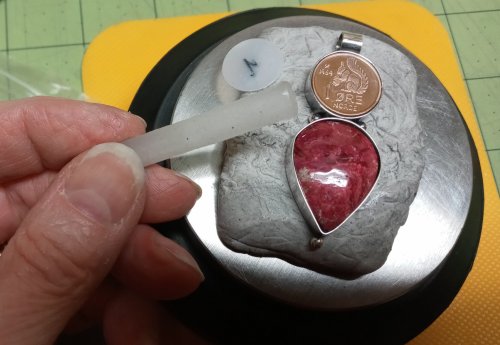 Using Wax from Braces
Using Wax from Braces
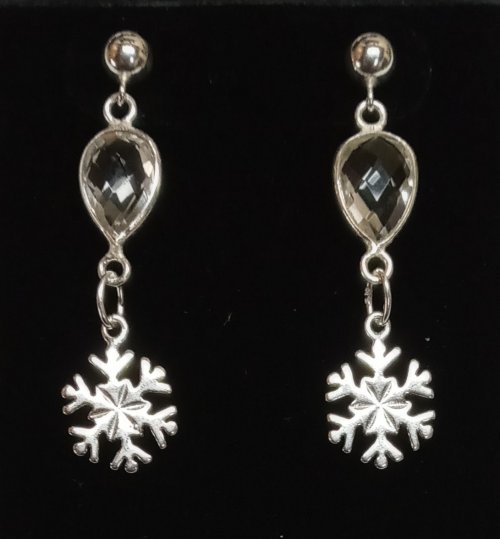 Sometimes Simple Really is Better
Sometimes Simple Really is Better
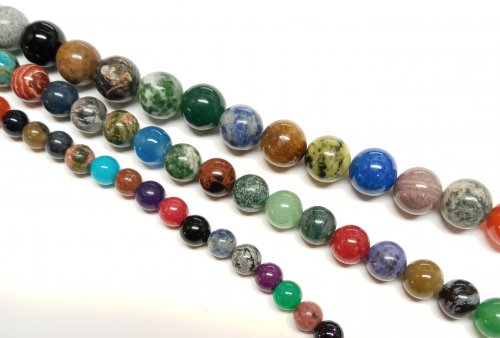 Bead Soup and Small Changes
Bead Soup and Small Changes
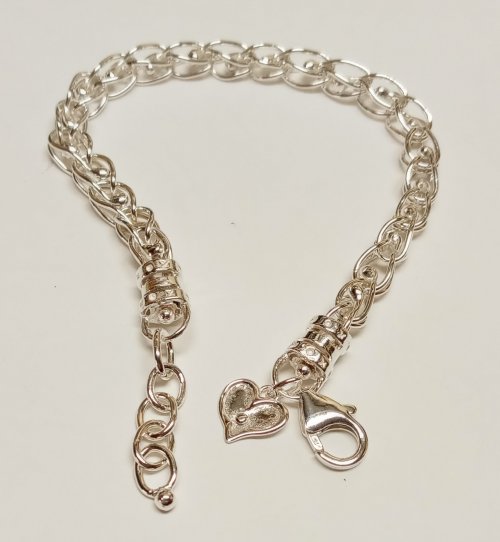 Repurposing Sterling Cord End Findings
Repurposing Sterling Cord End Findings
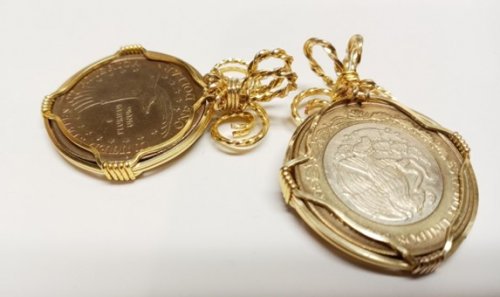 Wire Wrapped Bail Finishing Options
Wire Wrapped Bail Finishing Options
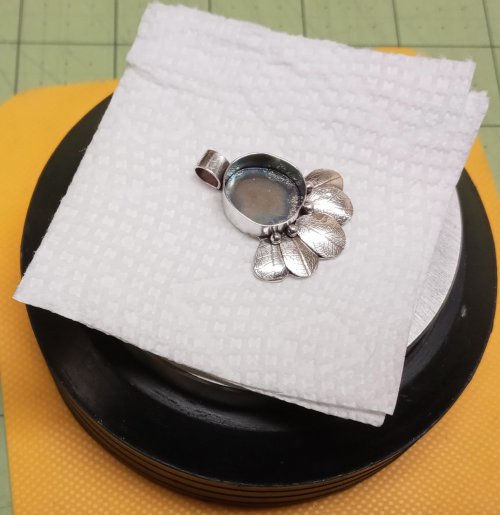 Protecting The Back of a Piece When Setting Stones
Protecting The Back of a Piece When Setting Stones
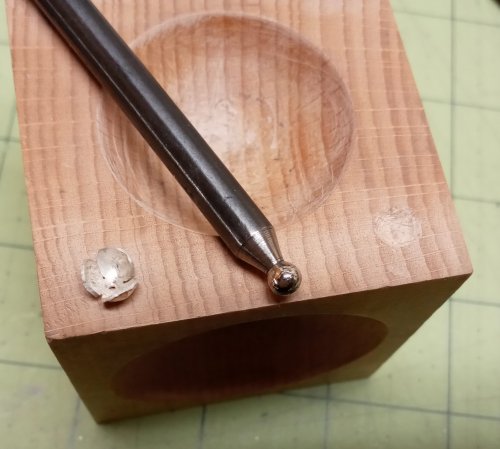 Altering Your Dapping Block
Altering Your Dapping Block
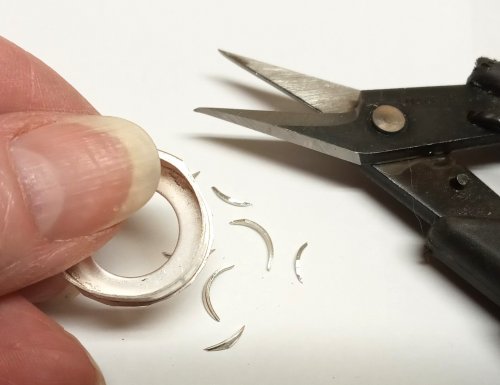 Trimming Around a Bezel
Trimming Around a Bezel
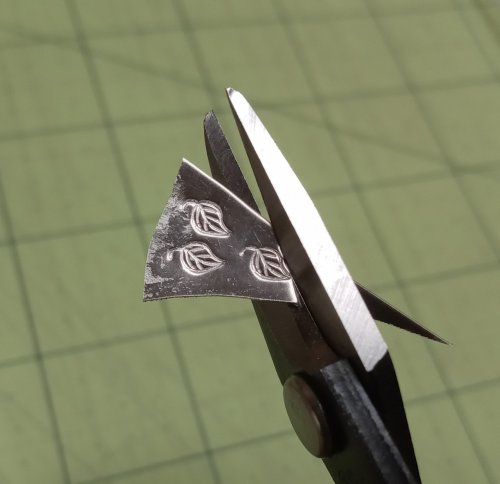 Making Tiny Dapped Metal Leaves
Making Tiny Dapped Metal Leaves
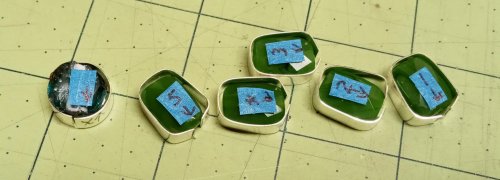 Labeling Cabs When Working with Them
Labeling Cabs When Working with Them
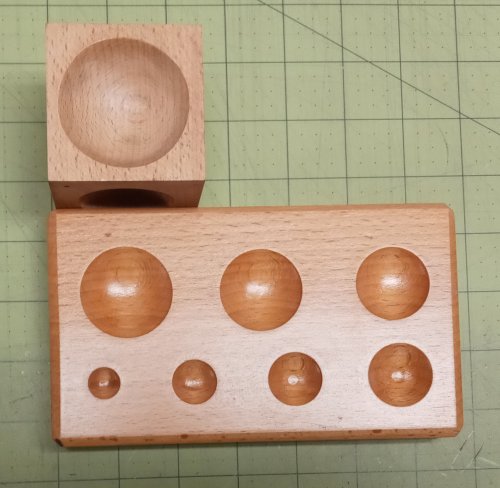 Basic Round Well Wood Dapping Blocks
Basic Round Well Wood Dapping Blocks
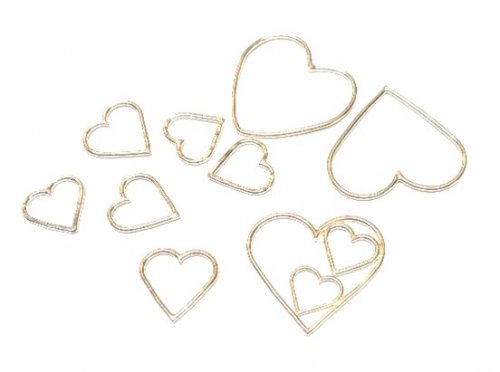 Get Inspired by What's on Your Bench
Get Inspired by What's on Your Bench
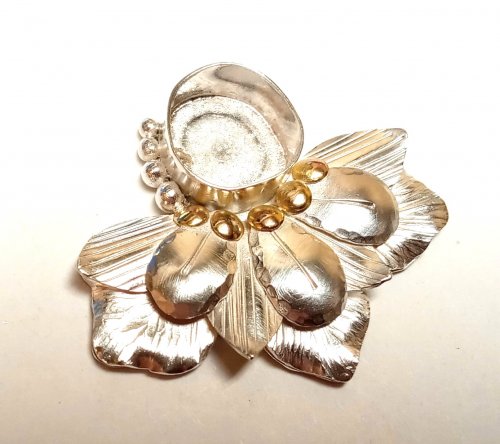 When Things Go Awry
When Things Go Awry
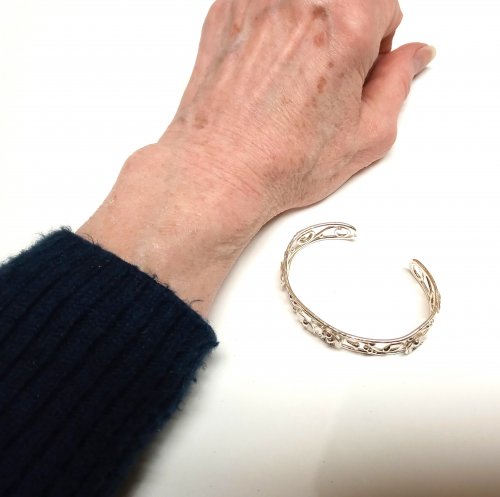 Putting On and Taking Off a Cuff Bracelet
Putting On and Taking Off a Cuff Bracelet
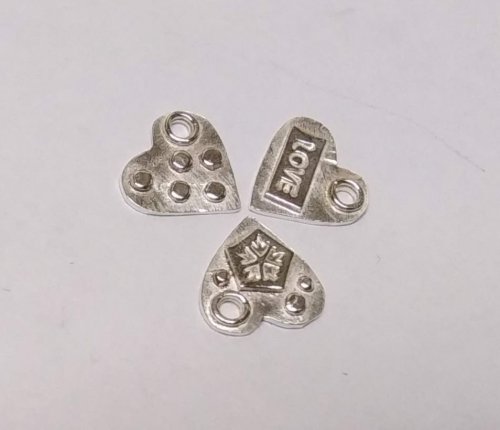 Adding Hearts to Your Designs
Adding Hearts to Your Designs
 Taking Care of Your Rolling Mill
Taking Care of Your Rolling Mill
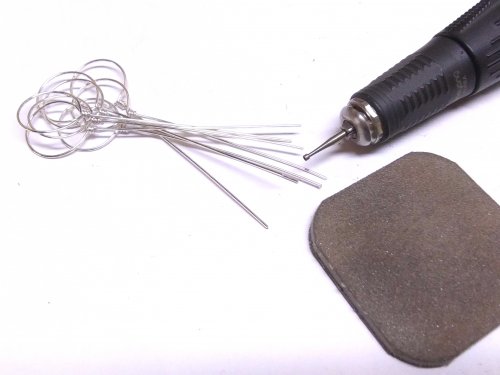 Power Up
Power Up
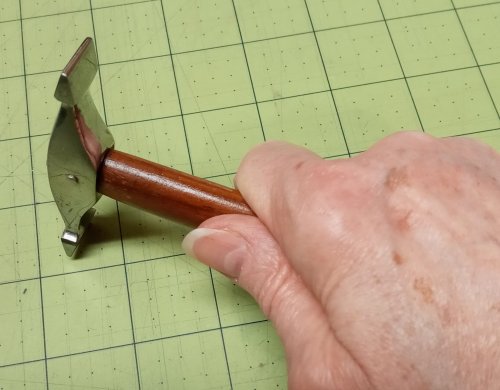 Hammer Basics
Hammer Basics
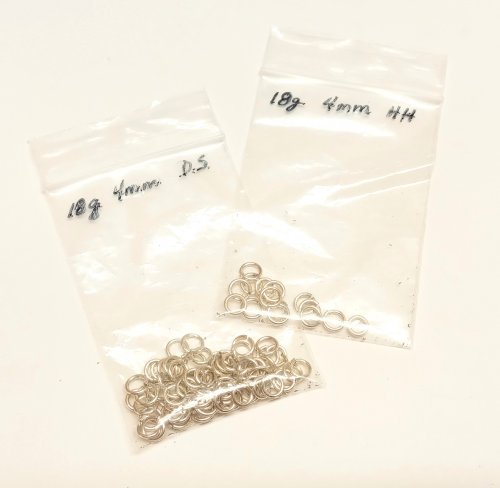 Wire Temper and Jump Rings
Wire Temper and Jump Rings
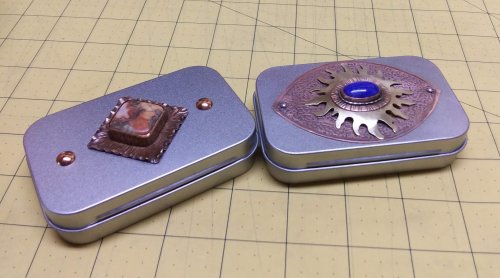 Embellish a Treasure Box
Embellish a Treasure Box
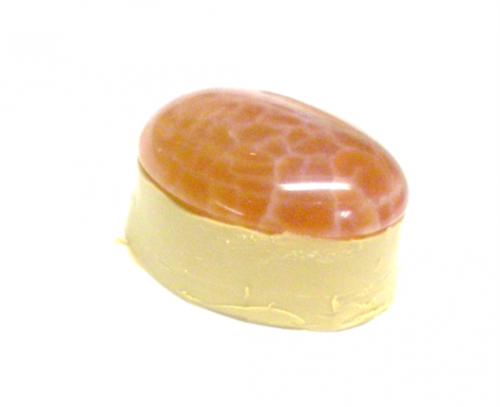 Make a Polymer Clay Cabochon Mandrel
Make a Polymer Clay Cabochon Mandrel
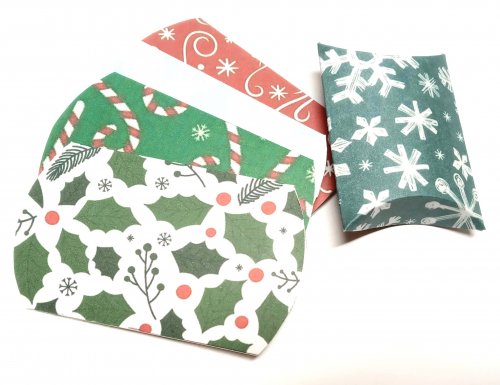 Jewelry Packaging for Small Items - Pillow Boxes
Jewelry Packaging for Small Items - Pillow Boxes
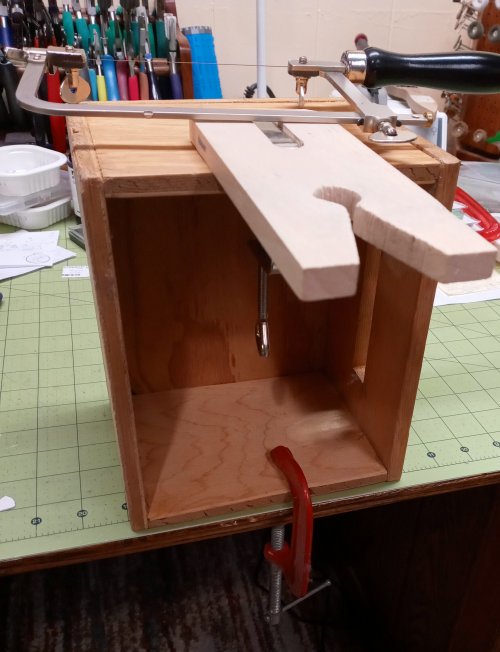 Make-do Sawing Solutions
Make-do Sawing Solutions
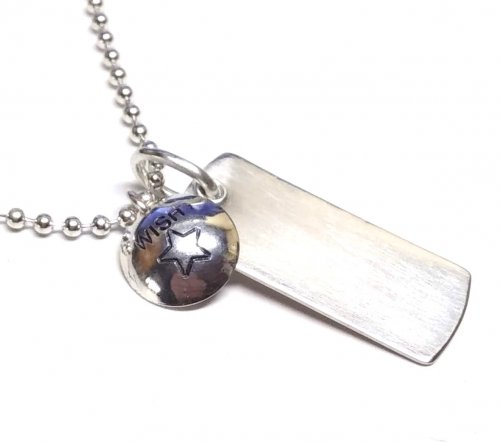 Ball Chain Embellishments
Ball Chain Embellishments
 Pickling and Super Pickle
Pickling and Super Pickle
 A Better T-bar
A Better T-bar
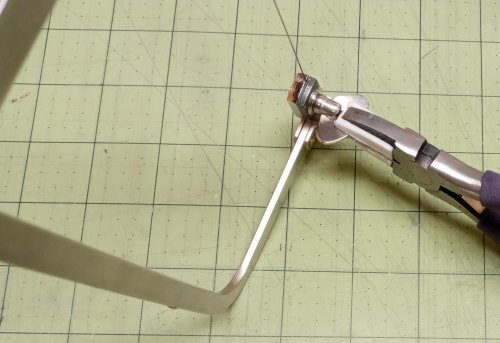 A Better Way to Change a Saw Blade
A Better Way to Change a Saw Blade
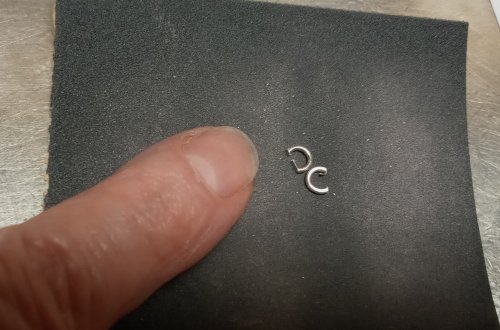 Making Consistent Hanging Loops
Making Consistent Hanging Loops
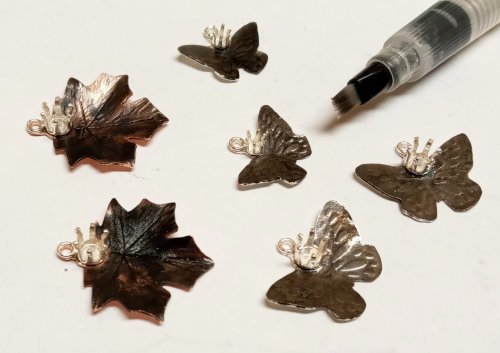 Targeted Patina
Targeted Patina
 Coin Focal Inspiration
Coin Focal Inspiration
 Bracelet and Paperclip Trick
Bracelet and Paperclip Trick
 What Wire is Best for Earring Findings
What Wire is Best for Earring Findings
 Storing Your Metal Stamps
Storing Your Metal Stamps
 Save Those Old Buttons
Save Those Old Buttons
 Adjusting Purchased Ear Wires
Adjusting Purchased Ear Wires
 Twisted Wire Tips
Twisted Wire Tips
 Stash Inspiration and Notes
Stash Inspiration and Notes
 Short Quotes for Stamped Jewelry
Short Quotes for Stamped Jewelry
 My Favorite Tweezers
My Favorite Tweezers
 No Rolling Mill- No Problem
No Rolling Mill- No Problem
 Coiling Wire for Jump Rings
Coiling Wire for Jump Rings
 Cutting Coils Into Jump Rings
Cutting Coils Into Jump Rings
 Closed Jump Rings Soldering vs Fusing
Closed Jump Rings Soldering vs Fusing
 Recycling Scrap Into Sheet Metal
Recycling Scrap Into Sheet Metal

